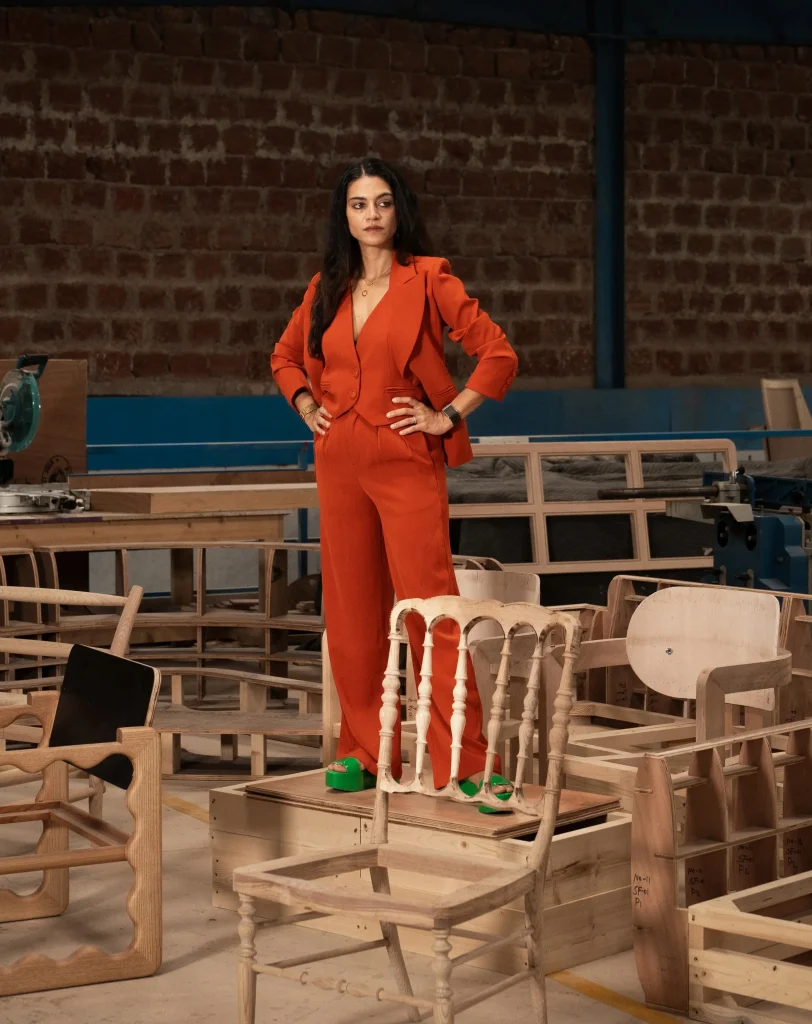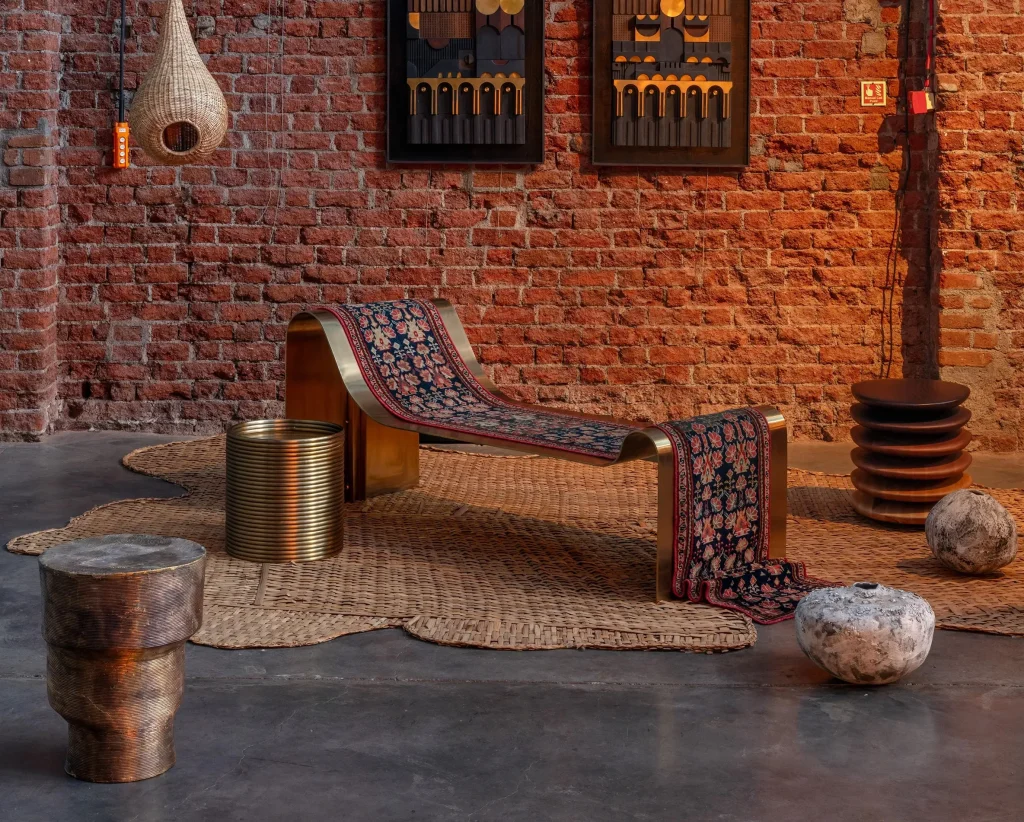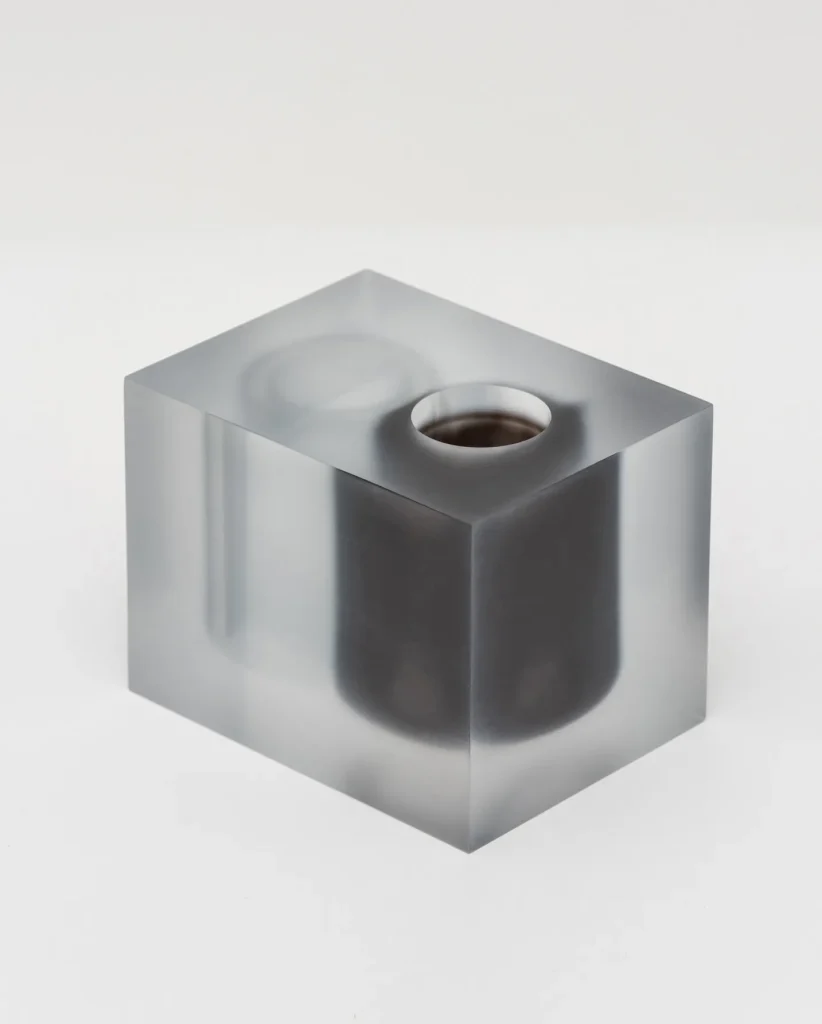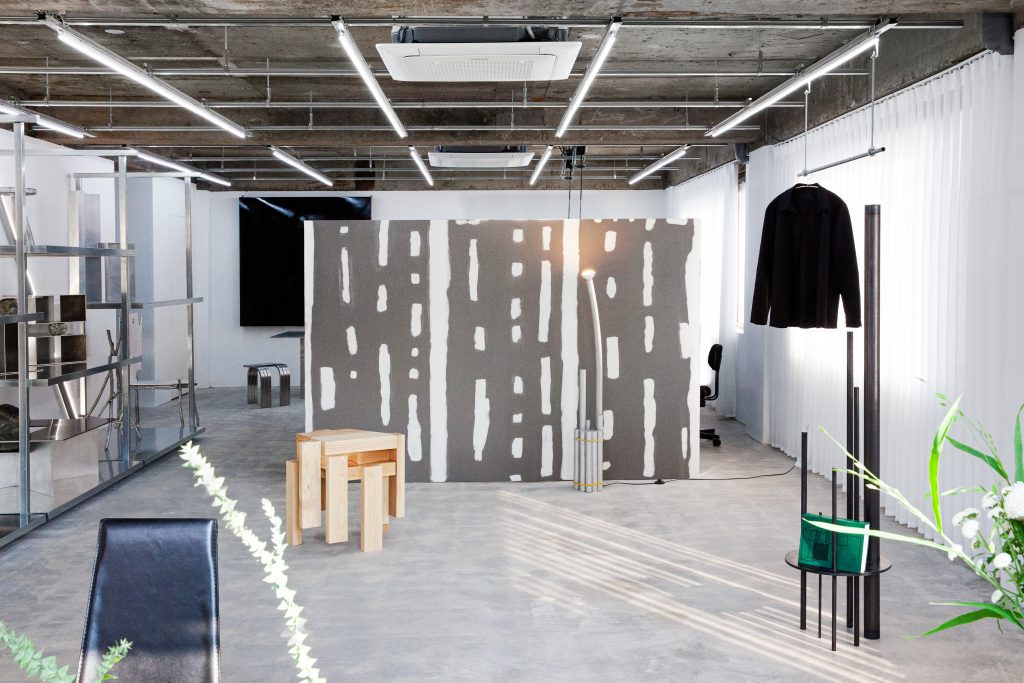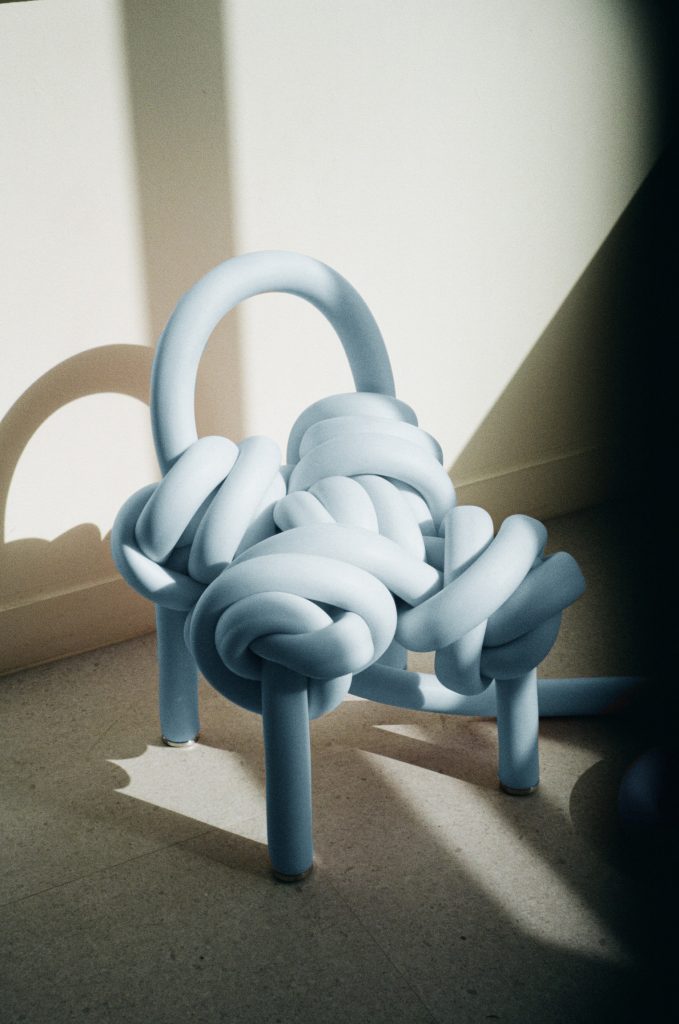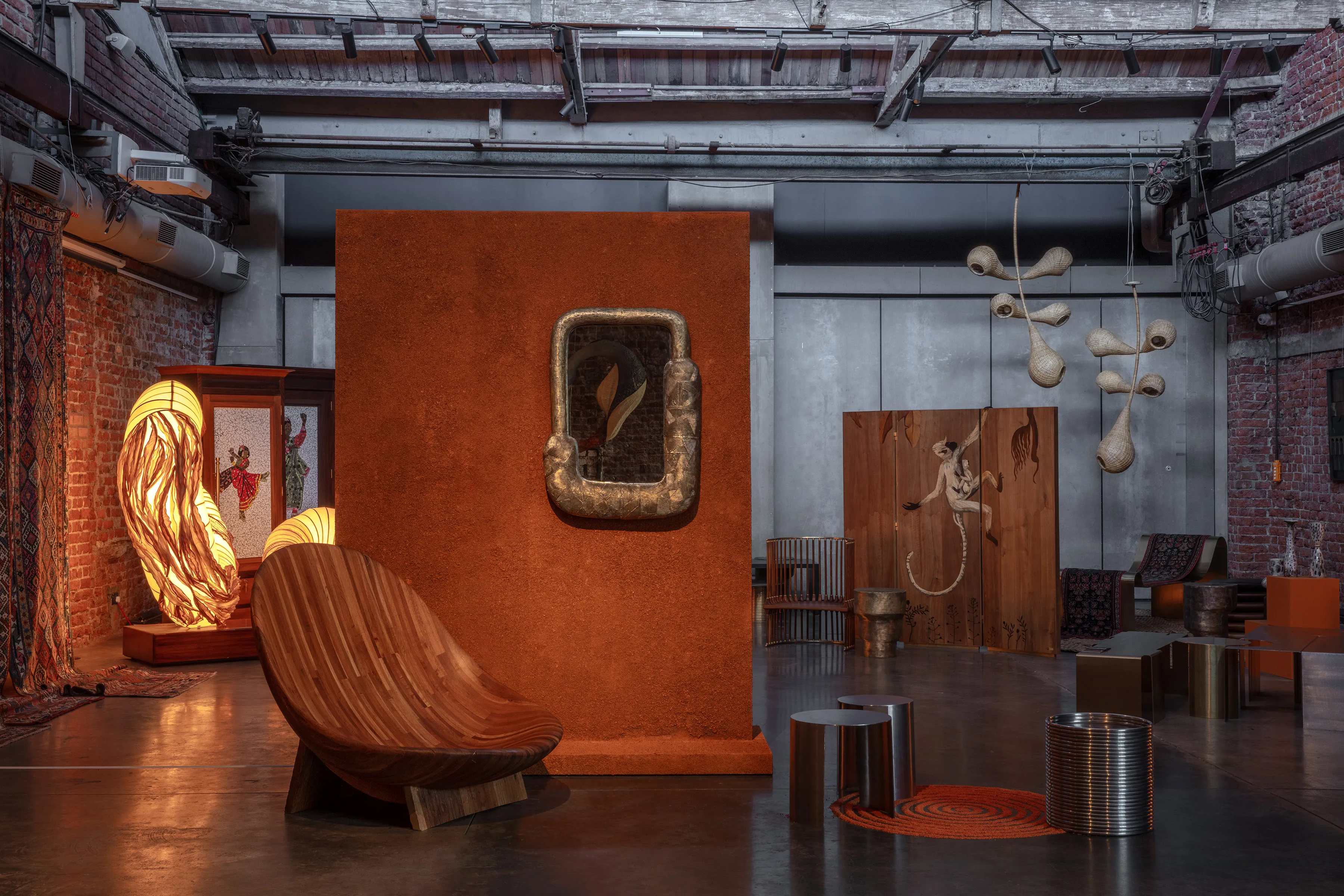
Design Destination: The New Voices of Indian Design
For ADORNO’s second Design Destination installment, curator Kamna Malik sought studios that capture the boldness of contemporary Indian design. Among her selection is Aku Zeliang from Nagaland, who describes the movement perfectly: “Indian design today is like a living tapestry woven from thousands of threads, each with its own story, place and soul. What makes it truly distinct is its diversity – it is not only about materials or motifs but of identities. There’s a bold new energy coming from cultural roots.”
Zeliang speaks for a generation of makers who see tradition not as something to preserve unchanged, but as a living resource for experimentation. In workshops across the country, designers are reimagining ancient techniques with contemporary confidence. They’re creating work that feels unmistakably Indian while speaking to audiences everywhere.
As the former Editor of ELLE India and Curator of India Design ID, Malik has spent years championing innovative design dialogues and elevating Indian design on the global stage. Her seven selected studios span from bamboo craftspeople in remote hills to precision engineers in urban ateliers, each representing a distinct approach to honoring heritage while serving today’s needs. What connects them isn’t a shared aesthetic, but the conviction that Indian design doesn’t need to choose between being local or global, traditional or contemporary.
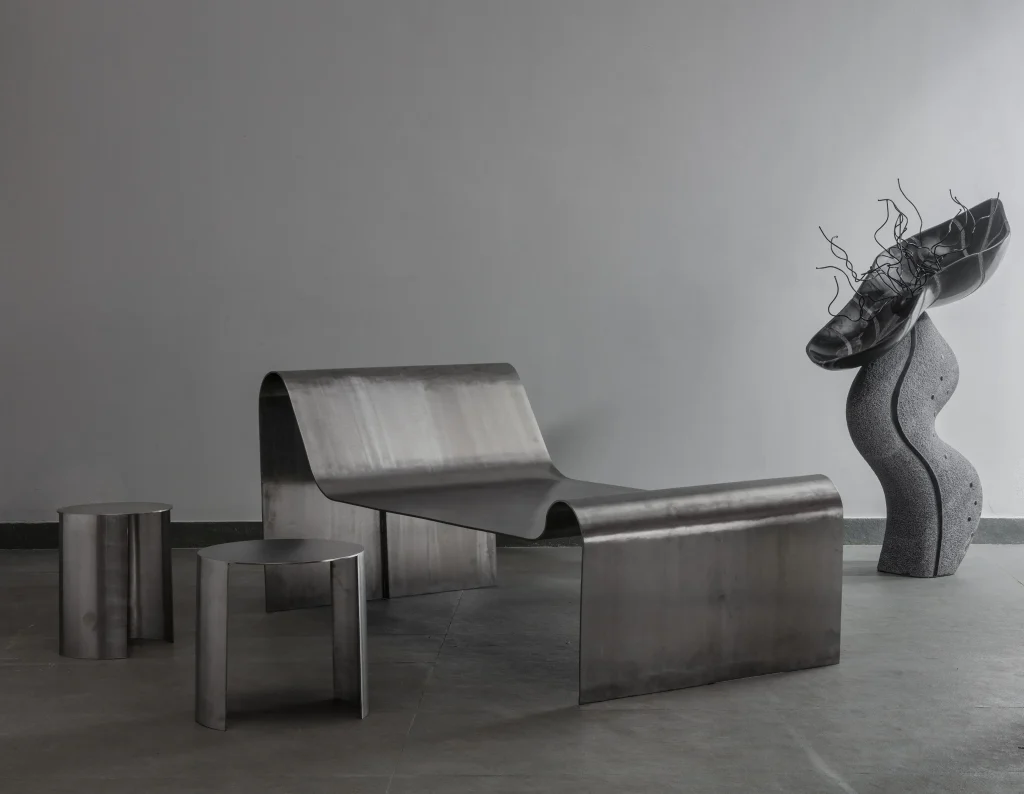

Building Rural Creative Economies: Objects by Aku Zeliang
Aku Zeliang works with indigenous artisans in Nagaland who carry generations of knowledge in their hands. The collaboration runs deep: he learns from their material wisdom, they explore new forms together. The resulting pieces – lighting, furniture, textiles – have reached luxury clients like Loewe and Caravane Paris, proving that authenticity travels well.
But Zeliang thinks bigger than individual pieces. His studio sustains entire communities of weavers, dyers, and carvers whose skills might otherwise disappear. His planned Craft School of Excellence at the Heirloom Naga Centre will preserve and advance loin loom weaving, natural dyeing, and lost-wax casting. For him, sustainability means ensuring artisans have work, not just using eco-friendly materials.
His approach challenges the typical luxury model. Instead of extracting craft traditions for global markets, he’s building systems where communities benefit directly. The rhythm isn’t set by deadlines but by the material itself: bamboo that needs proper seasoning, dyes that require the right season, hands that won’t be rushed.
“The process I value most is the shared rhythm — the quiet understanding that comes from working with hands, not just minds. It’s in the way materials are handled with care, and how time isn’t rushed. That respect for process — for listening to the artisan, for letting tradition guide the pace — is what brings real depth to the work. It’s less about control, more about trust”
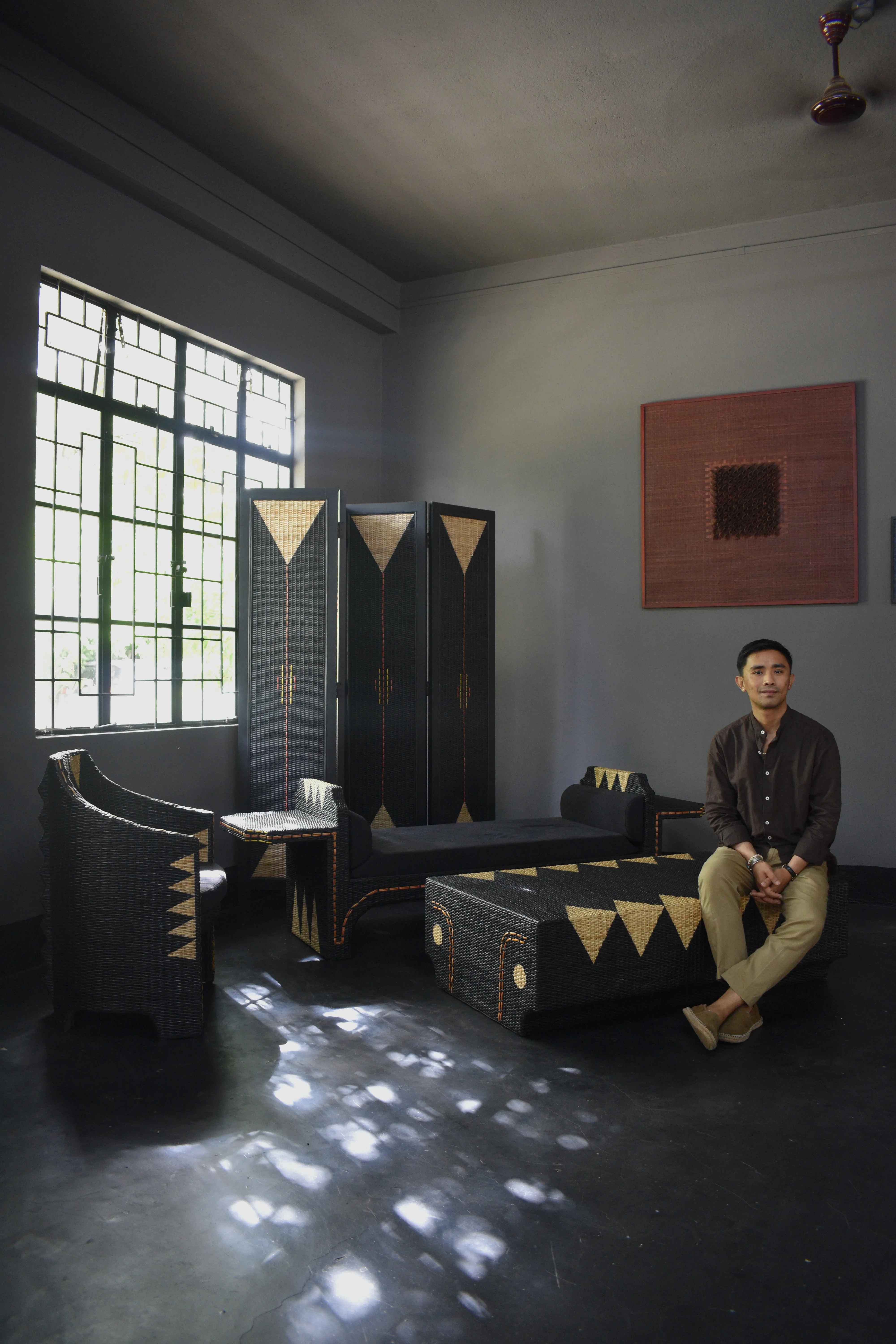

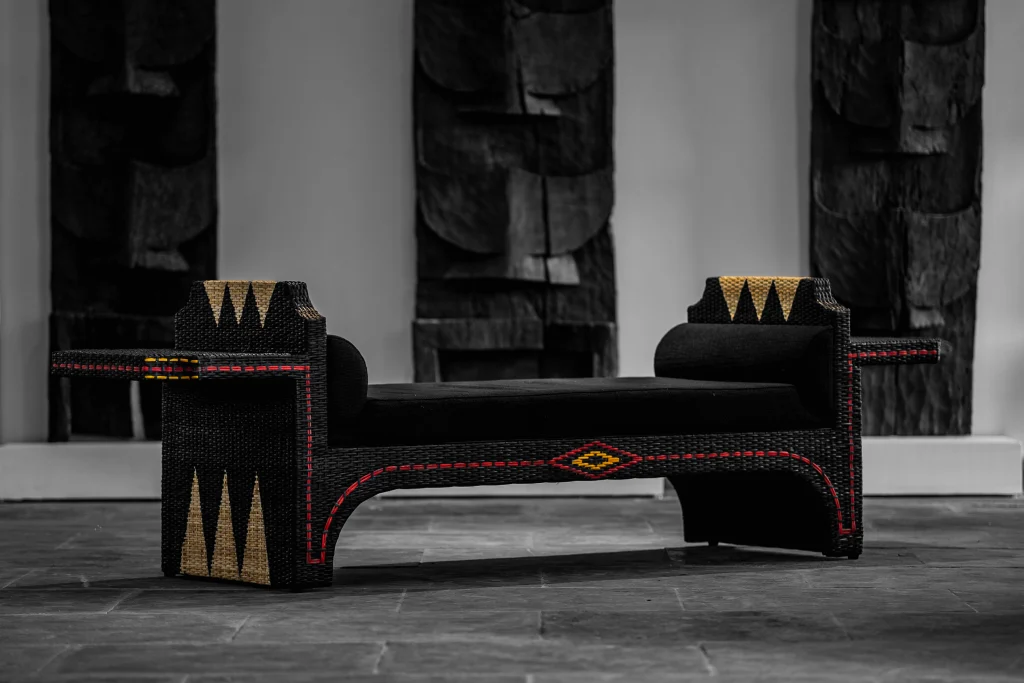

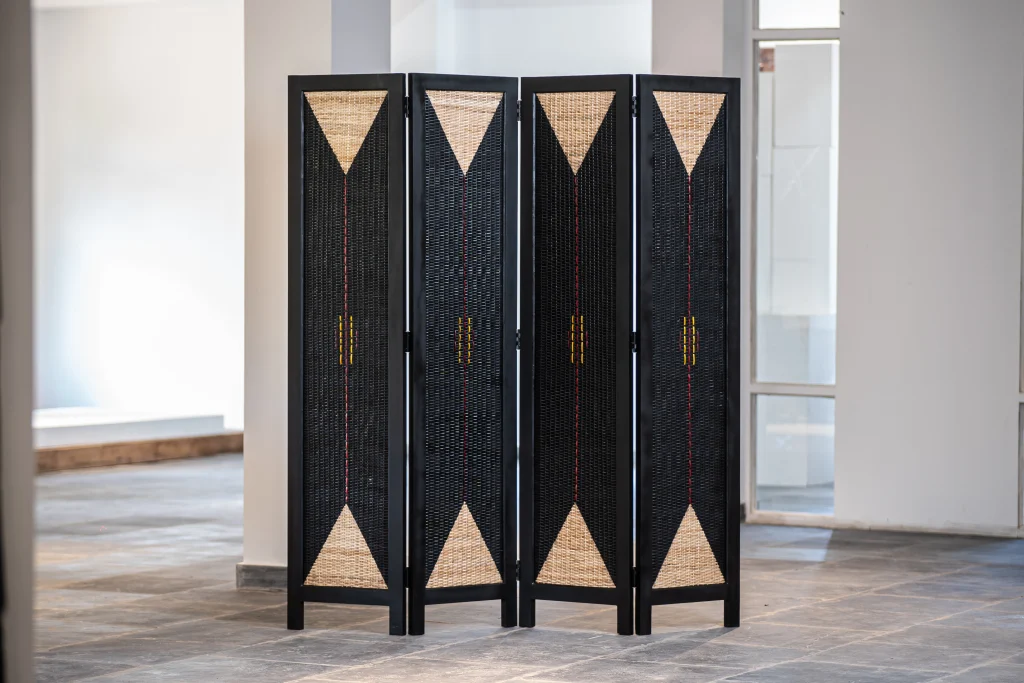

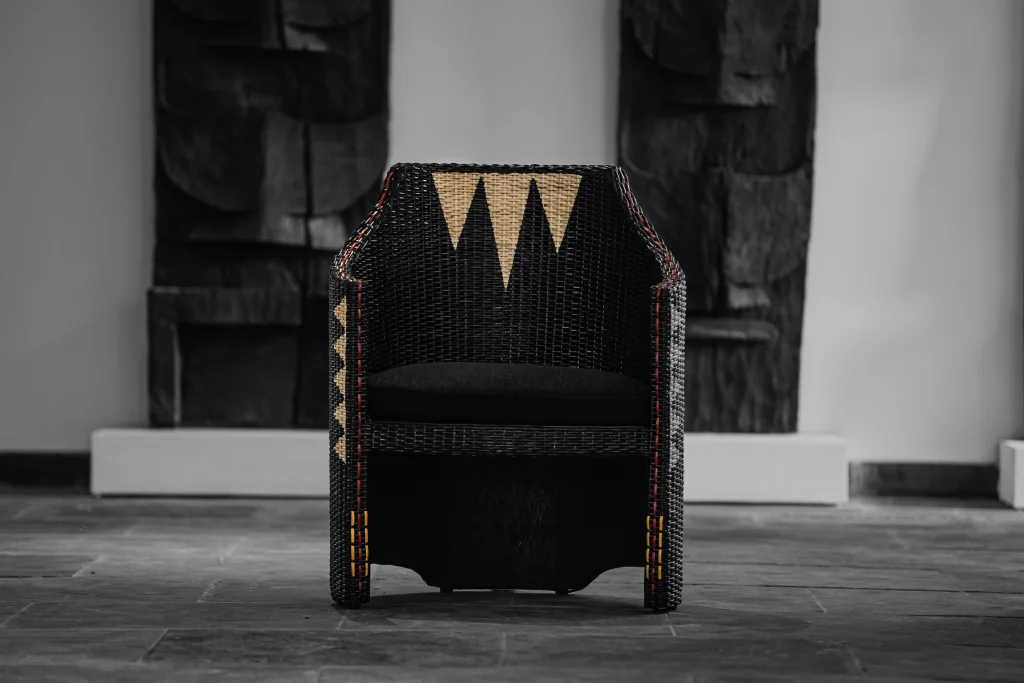

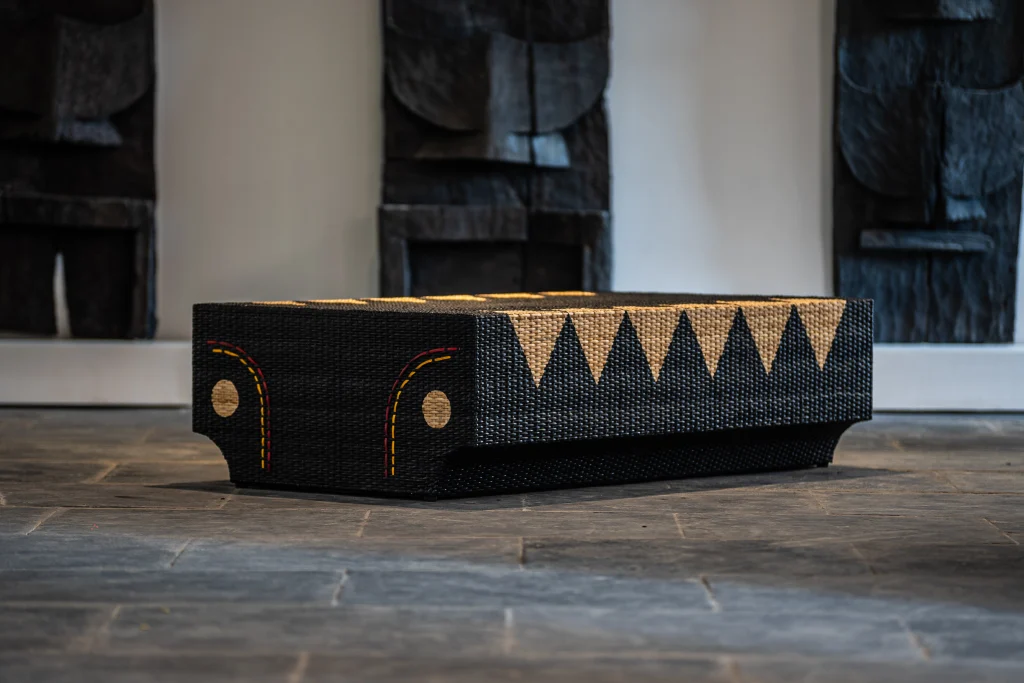

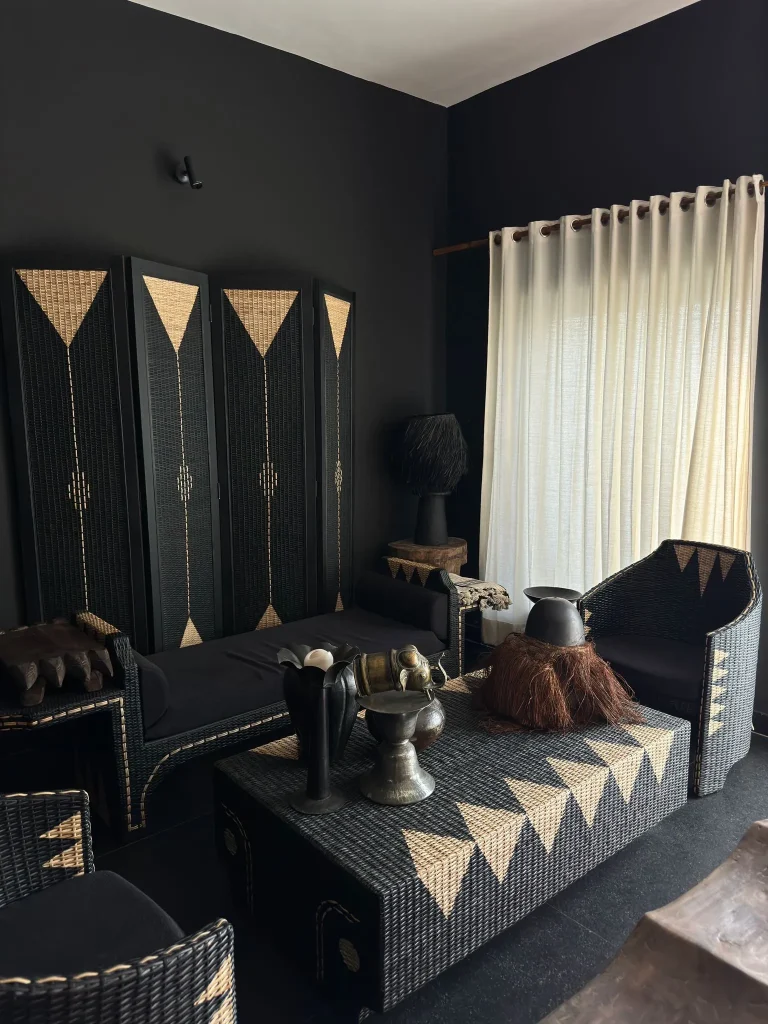

Curating Contemporary Heirlooms: Room Therapy Collective
Sona Reddy treats Indian design like it deserves museum-quality attention. Her Hyderabad gallery, Room Therapy Collective, showcases work from independent designers and small businesses, pieces chosen for their ability to transform spaces through pure craft excellence.
Each annual curation feels personal, grounded in Reddy’s two decades of design experience. She hunts for objects that will become heirlooms: functional pieces with enough artistic weight to pass down generations. The limited quantities and time windows create urgency, but also exclusivity. Each piece feels special because that is exactly what it is.
Room Therapy Collective works as both gallery and advocate. By bringing diverse voices under one roof, Reddy creates a stage for Made in India design that might otherwise stay hidden in small workshops. Her eye for quality and emotional resonance means every selection carries meaning beyond its function.
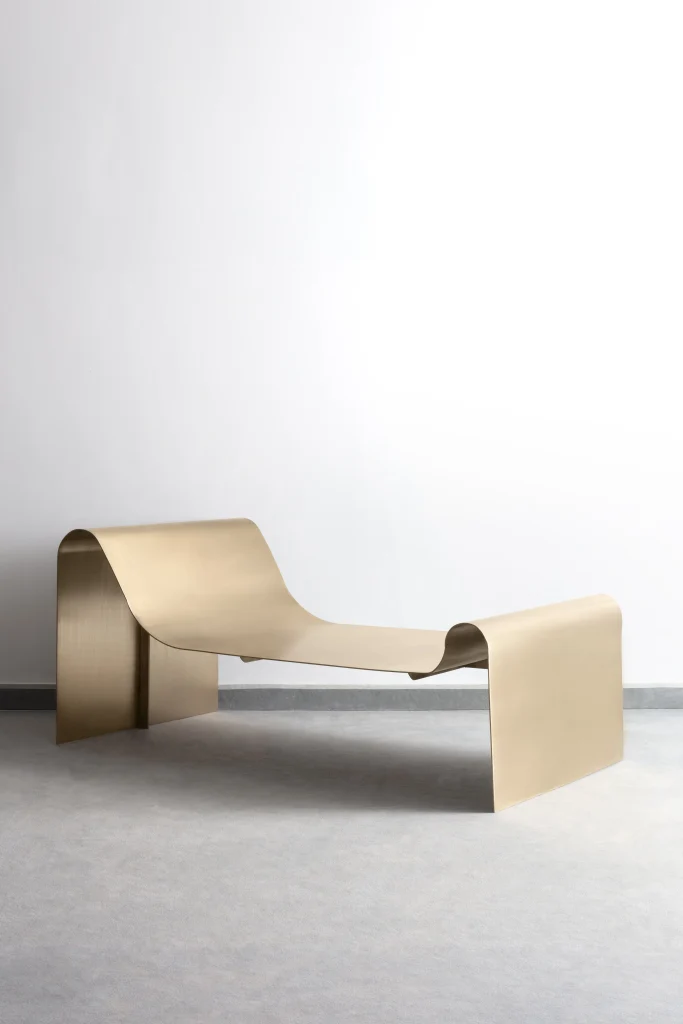

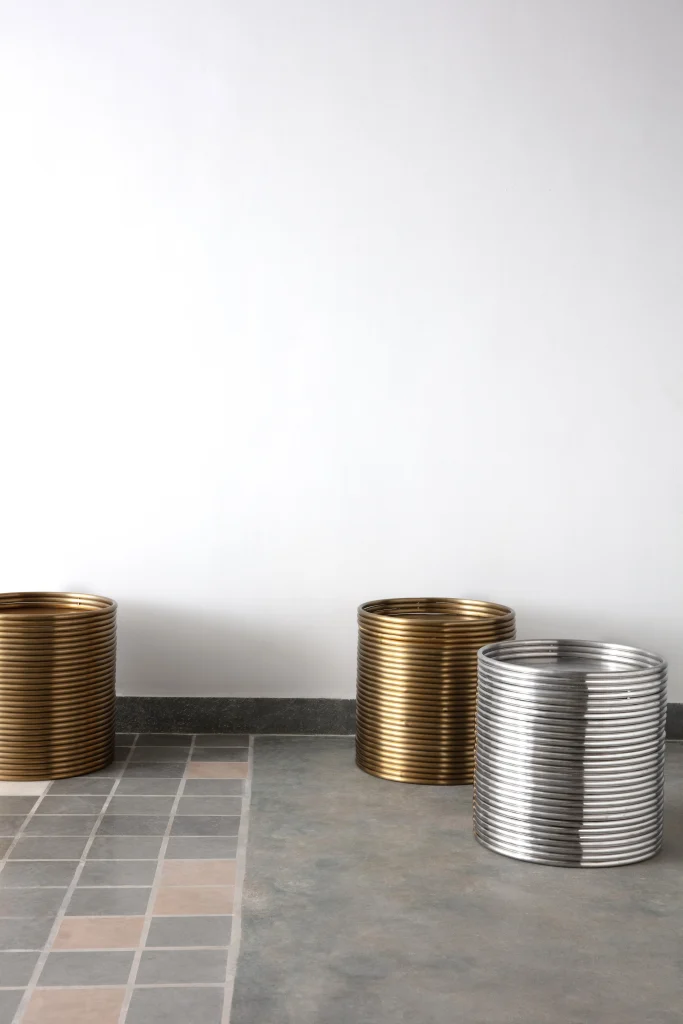

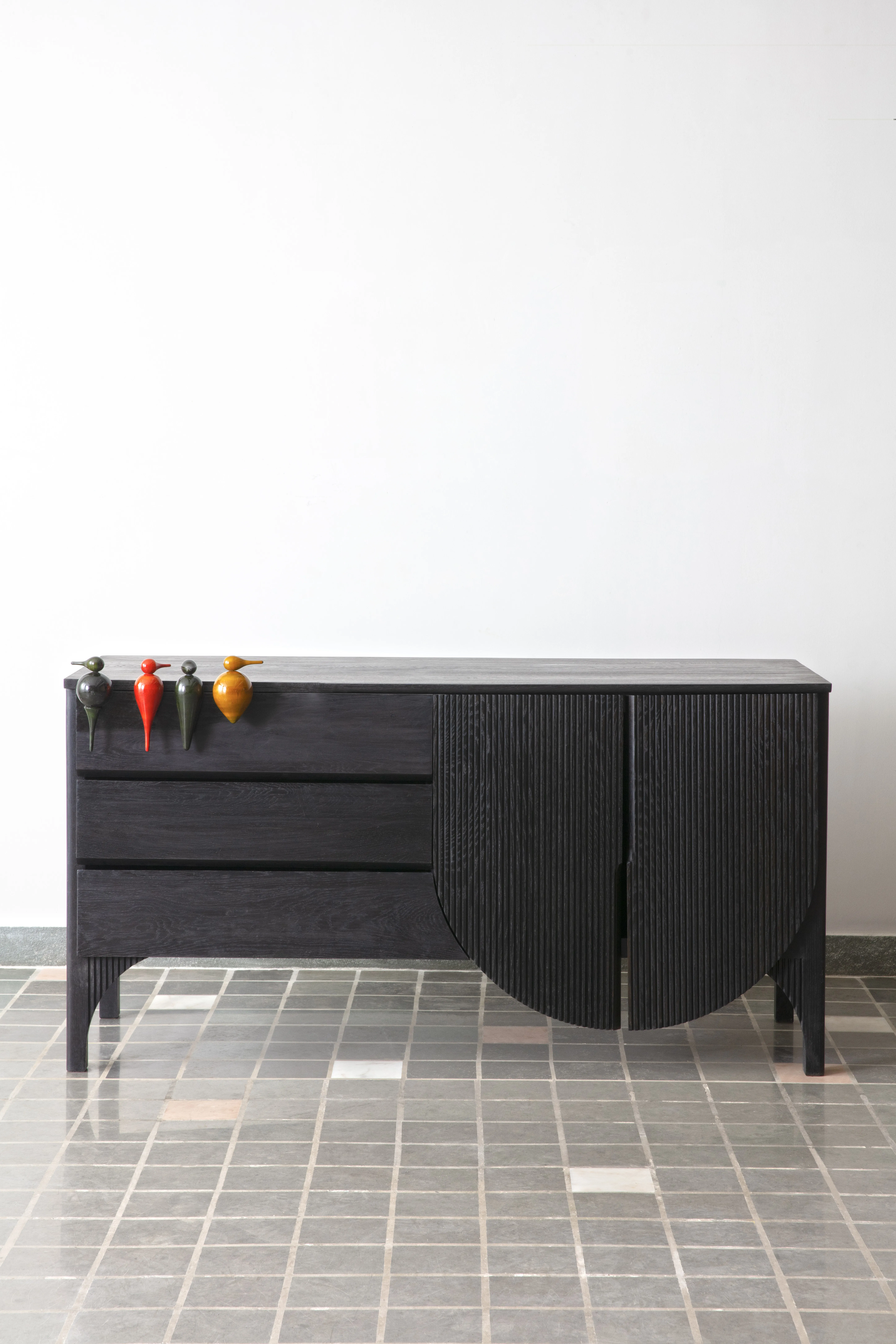

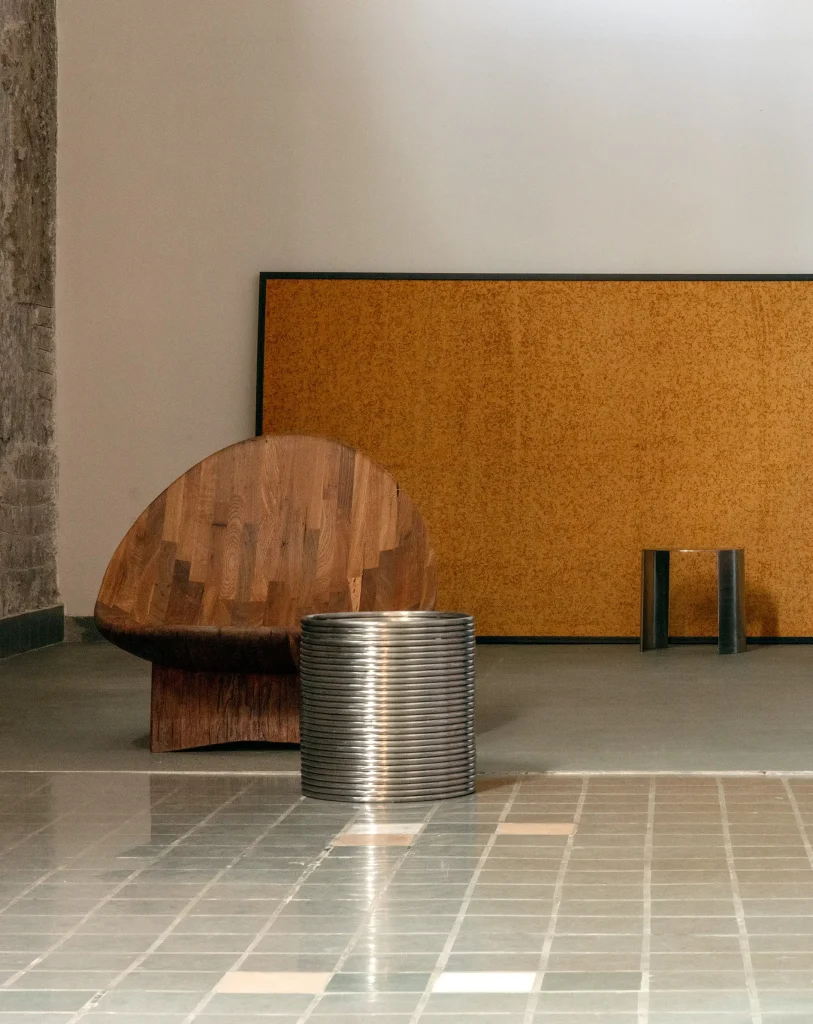

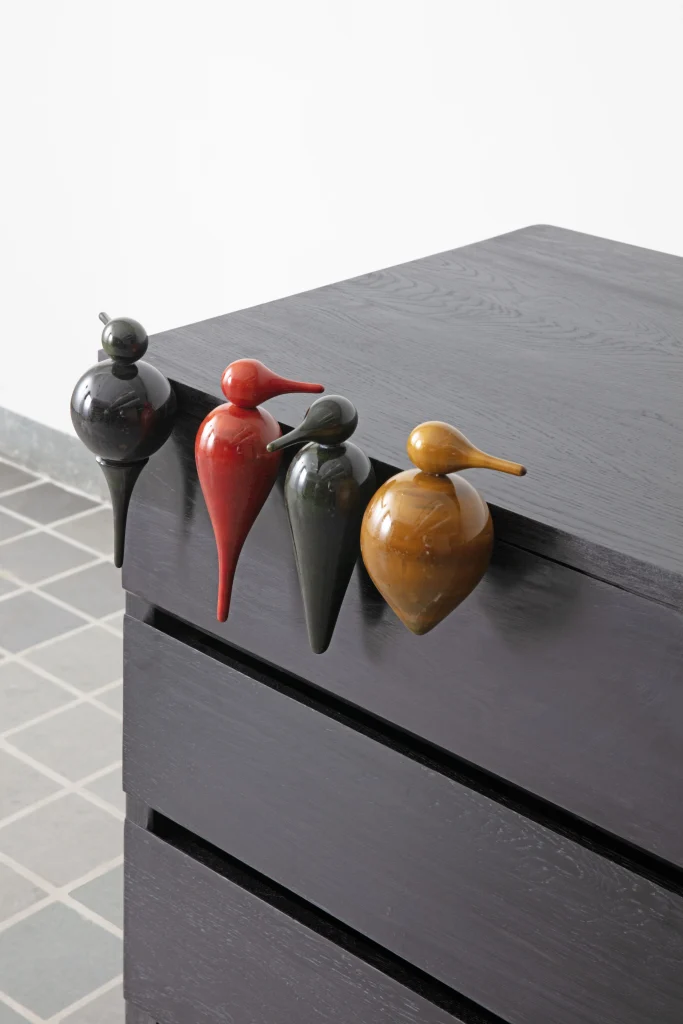



Material Honesty and Emotional Resonance: Project 810
Vritima Wadhwa’s Delhi studio strips away everything non-essential to find what’s truly Indian underneath. Project 810’s work starts with materials – how they feel, what emotions they evoke – then builds forms that honor those qualities without falling into nostalgia.
The studio collaborates with local artisans but interprets their techniques through a contemporary lens of simplicity and restraint. The result feels both grounded and globally relevant.
Their process is research-driven but not academic. They explore material possibilities until something resonates, then refine form and proportion until it feels inevitable. Each piece carries what Wadhwa calls “the soul of craft” without looking traditionally Indian in obvious ways.
That restraint gives the work its strength. Project 810’s furniture travels well because it’s built on universal principles: good proportions, honest materials and thoughtful details that work whether you’re in Mumbai or Milan.
“We strive to engage local resources and collaborate with skilled artisans, creating work that feels authentic without being overtly traditional. This approach allows our pieces to resonate with a wide audience: they carry the soul of local craftsmanship while maintaining a timeless elegance that appeals to audiences everywhere”
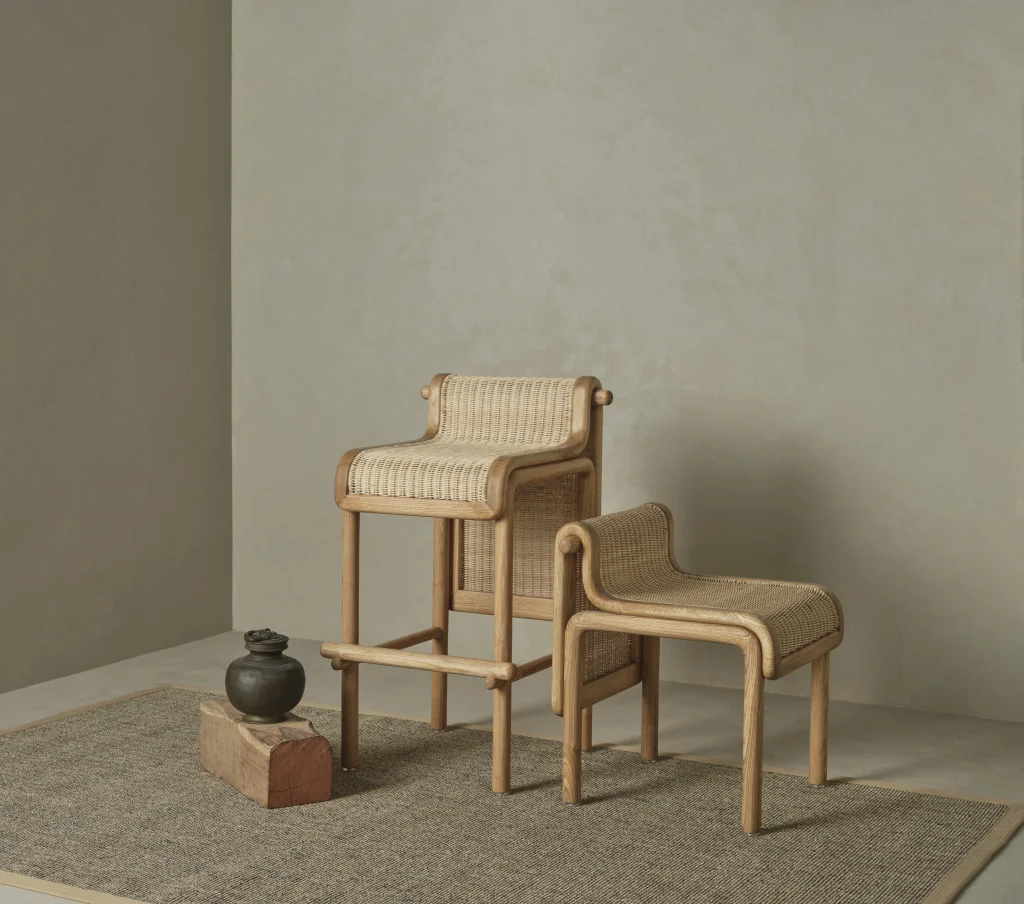

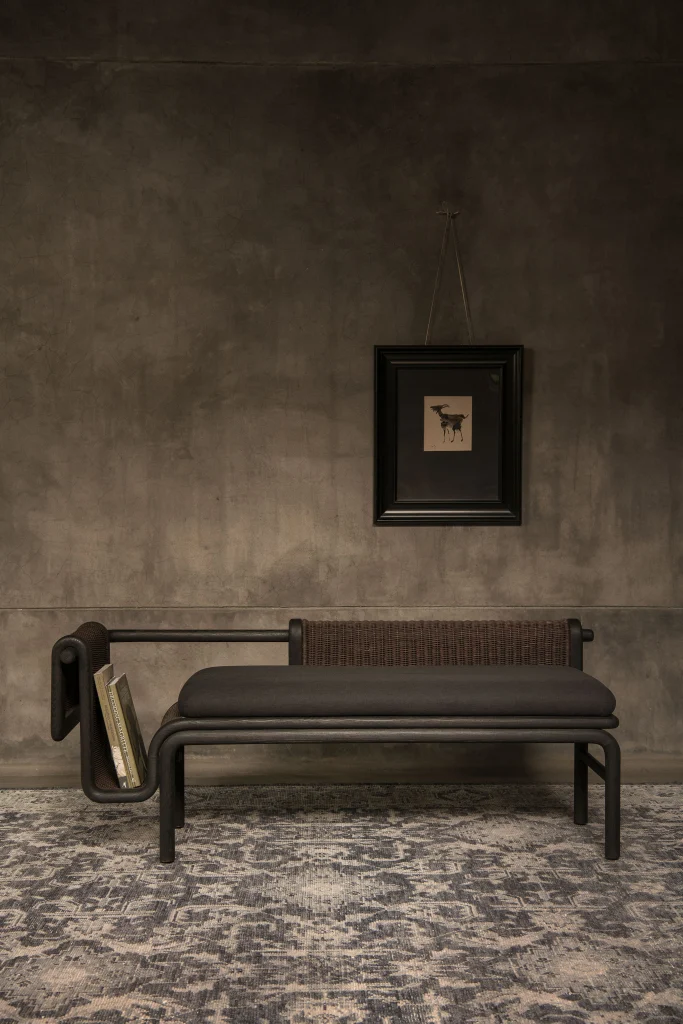

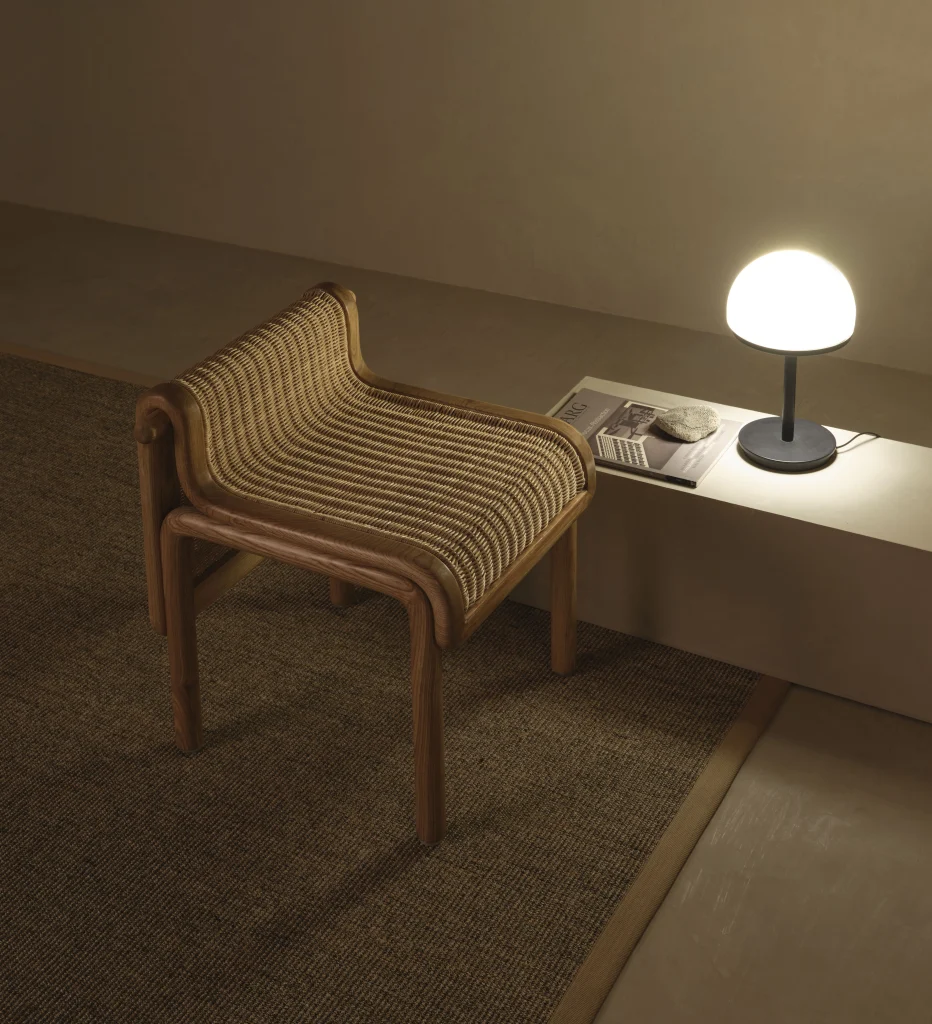

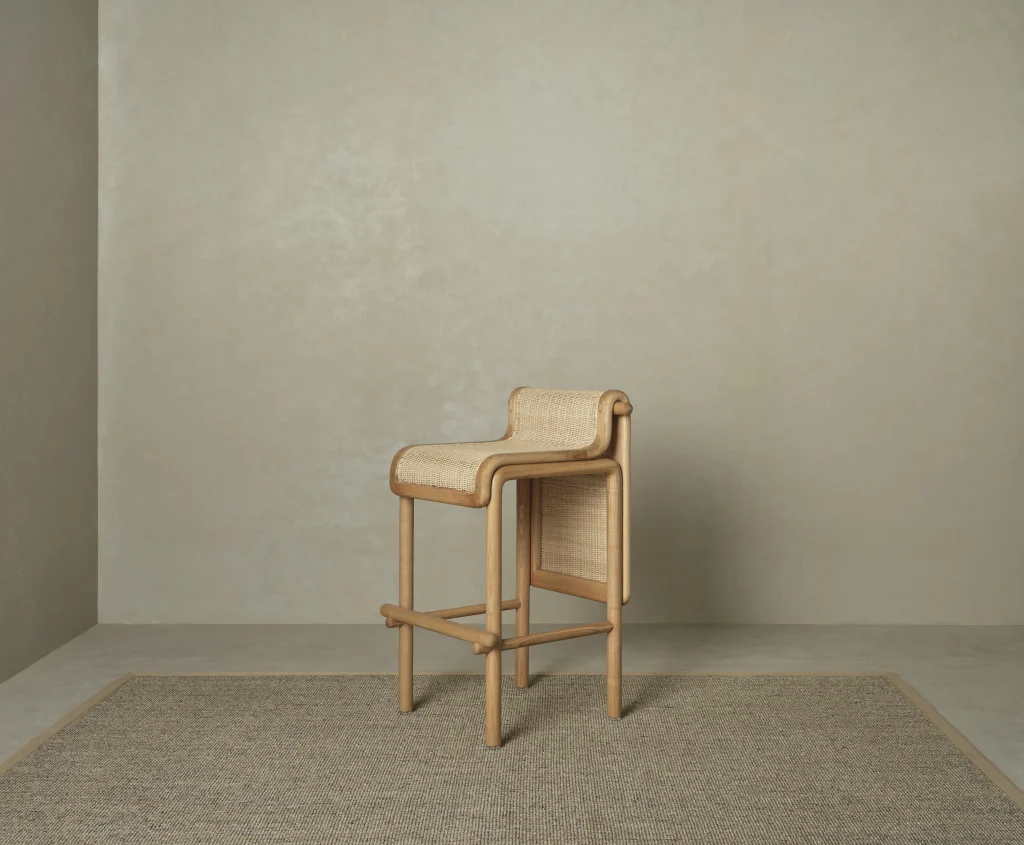

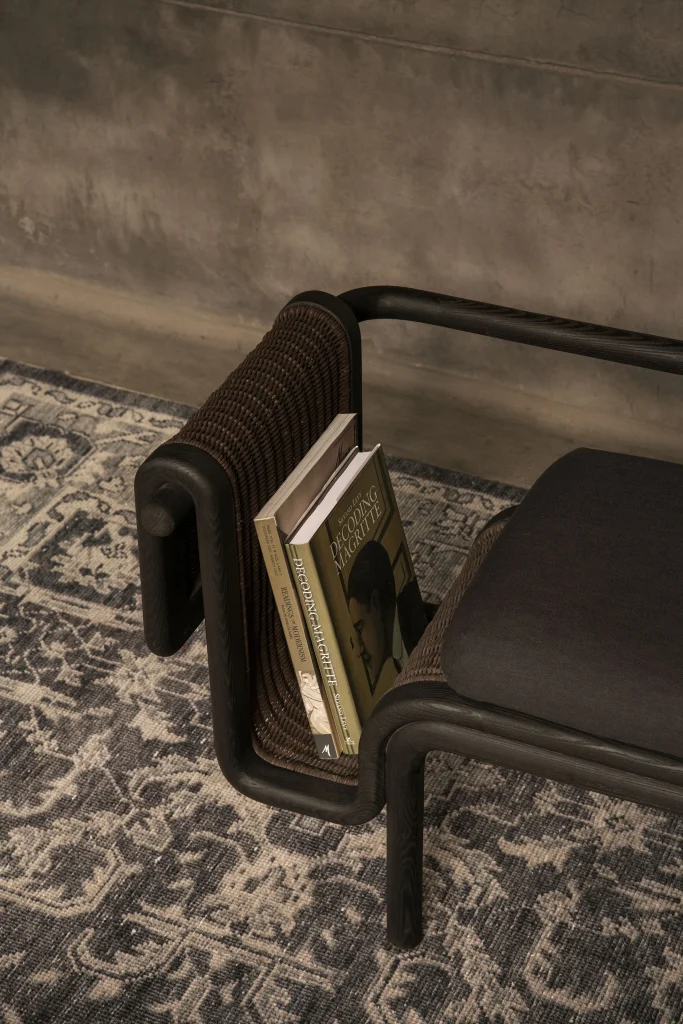

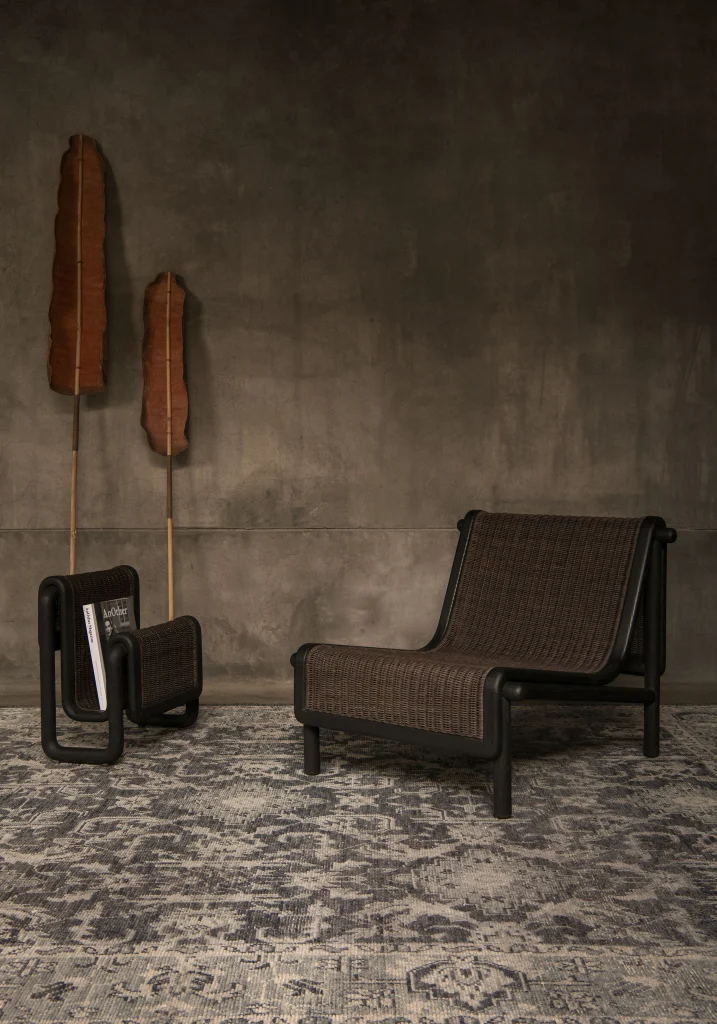

Functional Minimalism with Local Craft: Tectona Grandis Furniture
Dhruvkant Amin makes minimalism feel warm and grounded. From his Ahmedabad studio, Tectona Grandis Furniture, he creates teak wood furniture pared down to its essence, letting the beauty of the timber take center stage. In select pieces, he introduces accents of hand-worked stone, finely detailed metal, or a combination of both—materials that add a quiet surprise and depth to the design.
His philosophy, “functional minimalism,” removes the unnecessary until only the essential remains. Yet his work avoids the austerity often linked to minimalism. By collaborating with local artisans skilled in stone carving, metalwork, and traditional joinery, Amin’s designs gain layers of texture, craftsmanship, and humanity – transforming clean forms into lasting, meaningful objects.
“Contemporary design can preserve heritage by adapting traditional skills to modern needs, making them relevant and marketable today. By collaborating with artisans and integrating their craft into clean, functional design, we create opportunities for sustainable livelihoods—honouring heritage while building futures. It’s about evolution, not imitation“
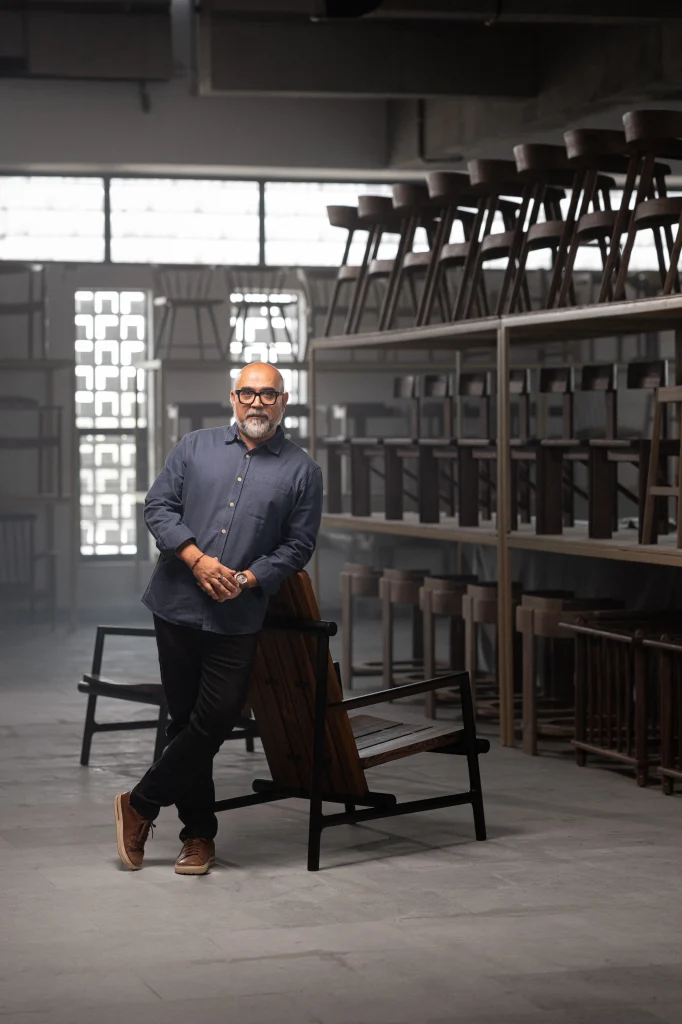

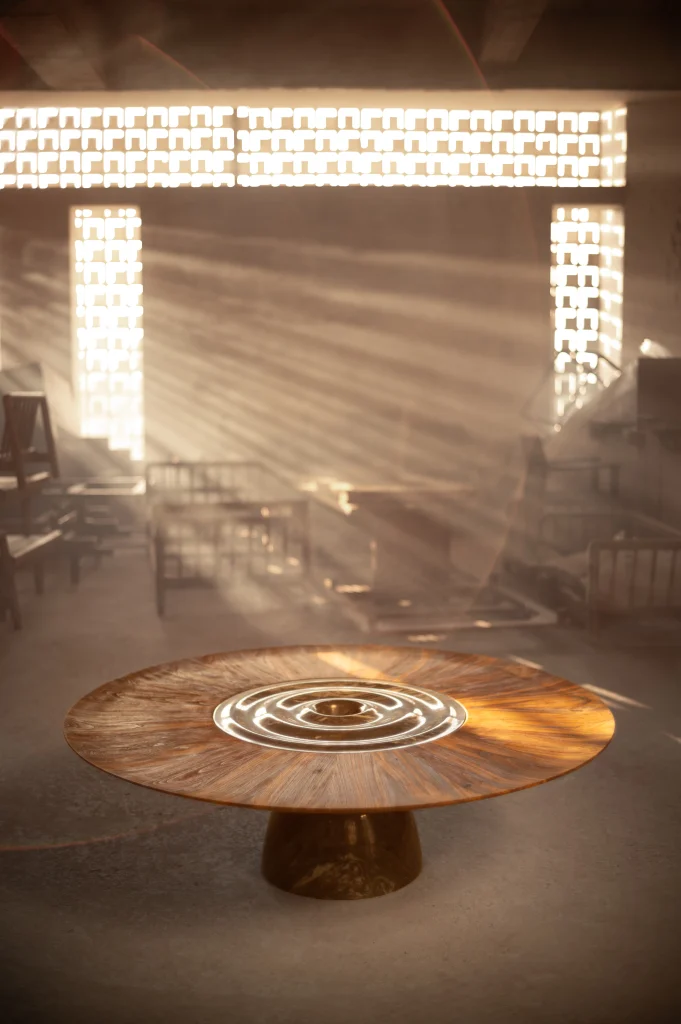

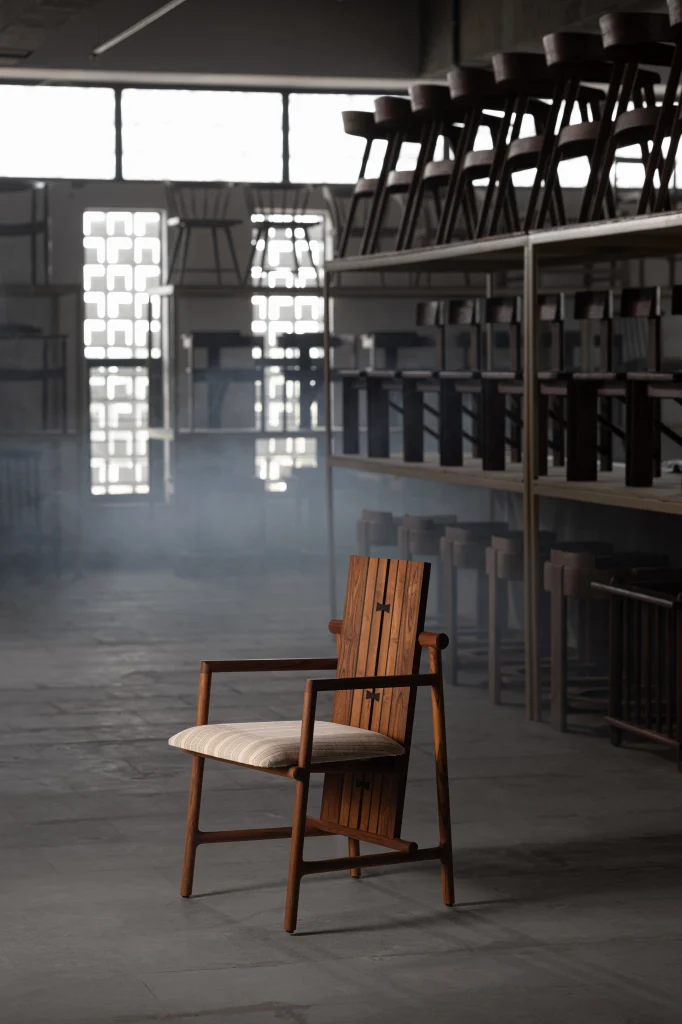

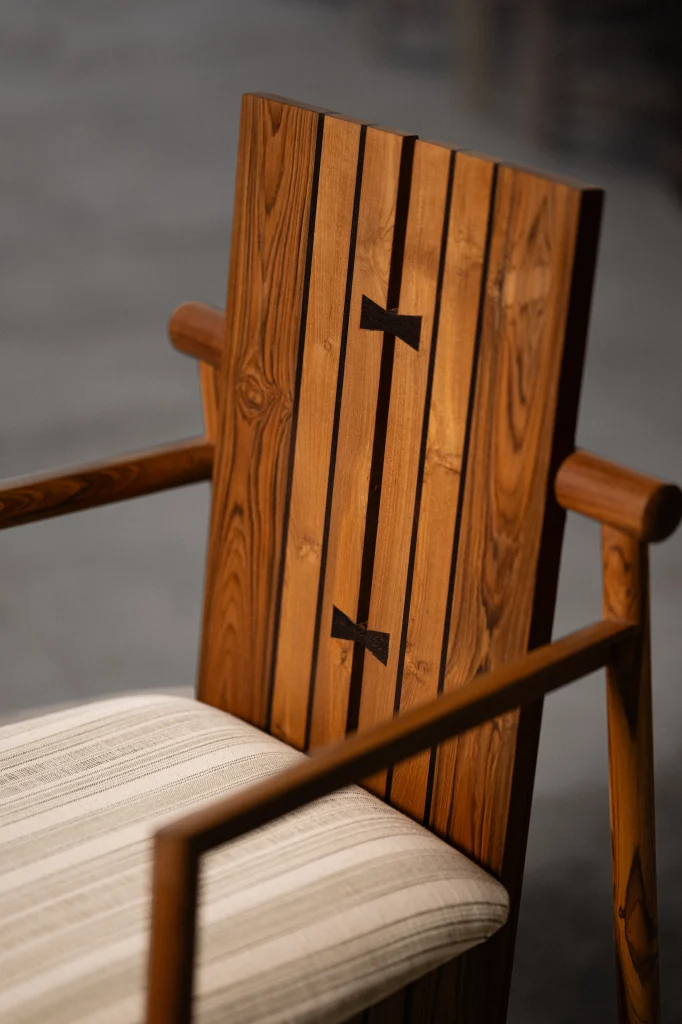

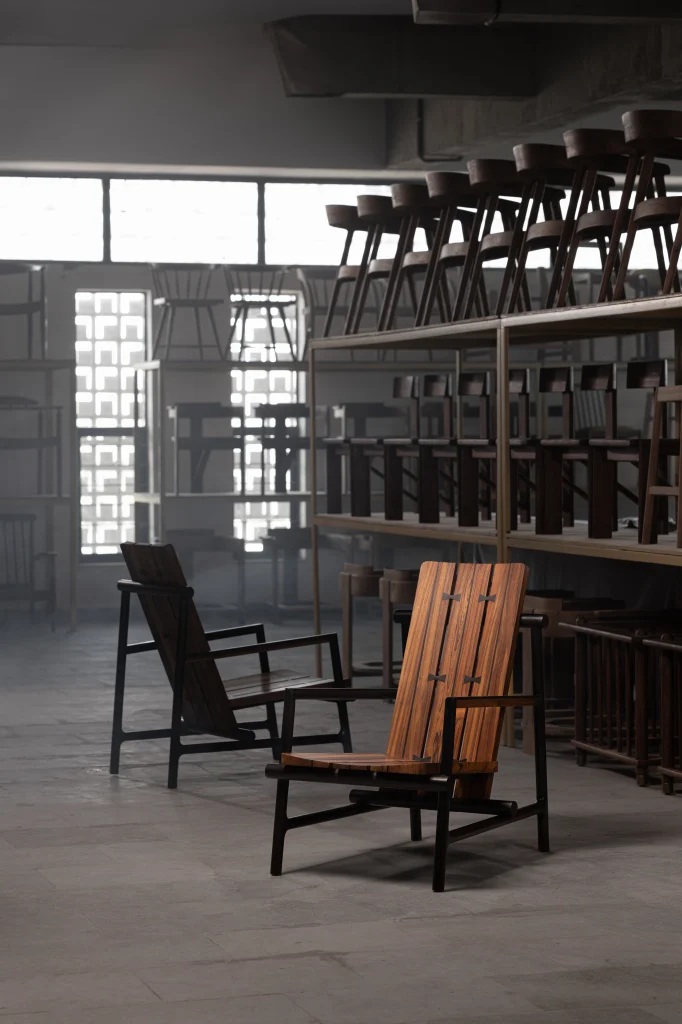

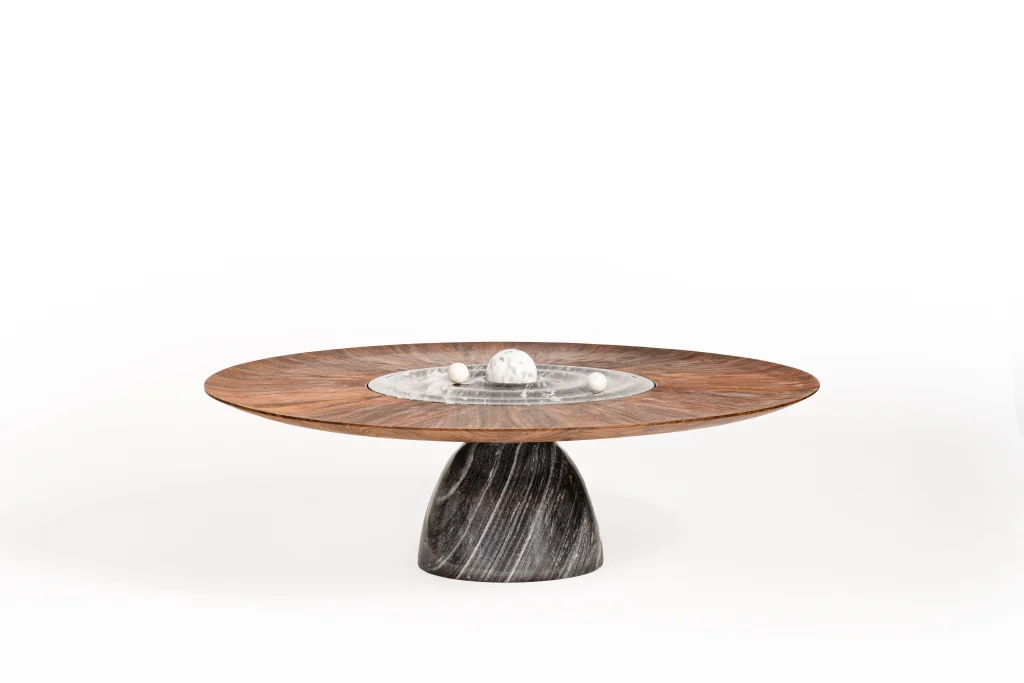

Experience Over Object: Josmo
Josmo designs for how Indians actually live. Their furniture, from their North Goa studio, responds to multigenerational homes, tropical climates, and the reality that good design should enhance daily life, not impose aspirational lifestyles from magazines.
Each piece aims to evoke sensory memories – the feel of bark, the curve of a leaf, family gatherings. The work is playful but considered, witty but elegant.
Their approach prioritizes experience over form. Rather than creating objects that are meant to simply photograph well, they focus on how pieces feel in use, how they adapt to different lifestyles while maintaining distinct personality. The goal is furniture that grounds you in your space.
Josmo believes authenticity creates universal relevance. By designing honestly for their own context – Indian families, Indian weather, Indian ways of living – they create work that resonates everywhere. The specificity makes it universal, not limiting.
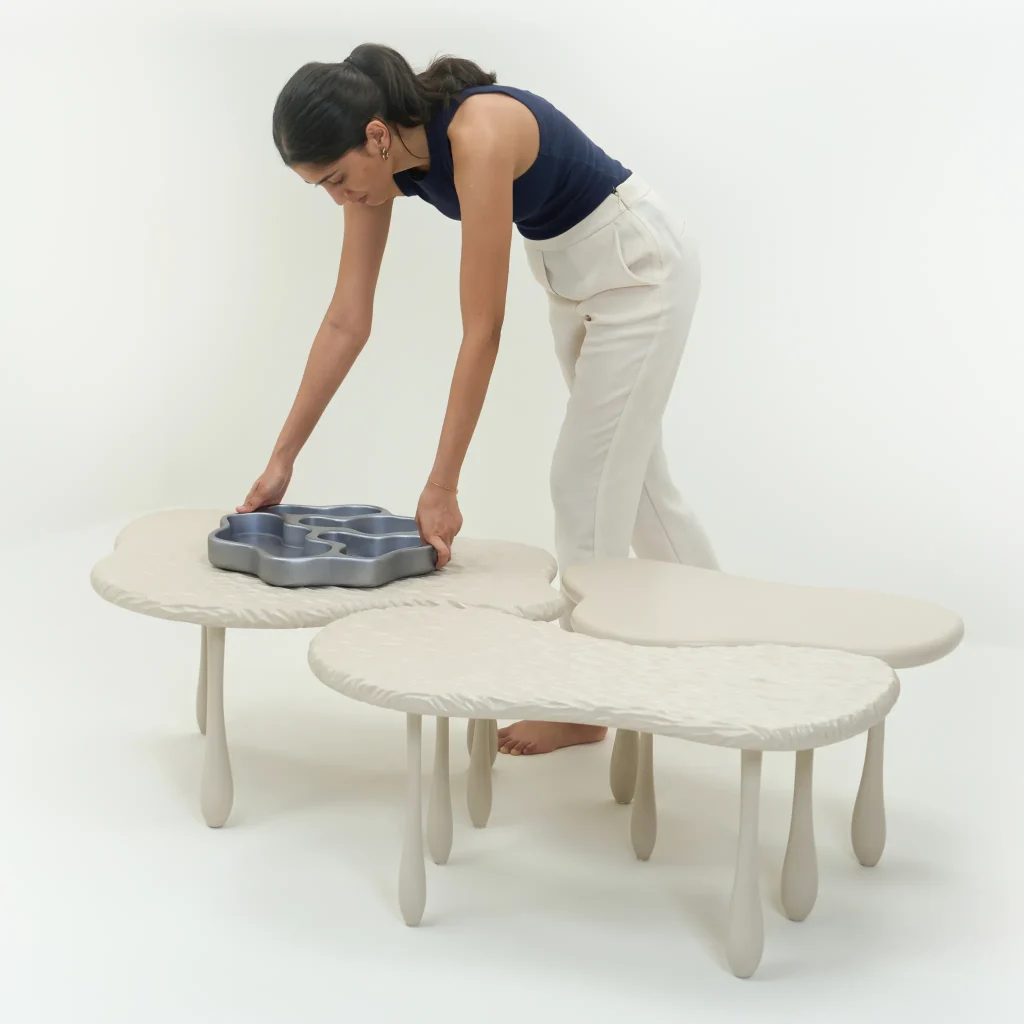

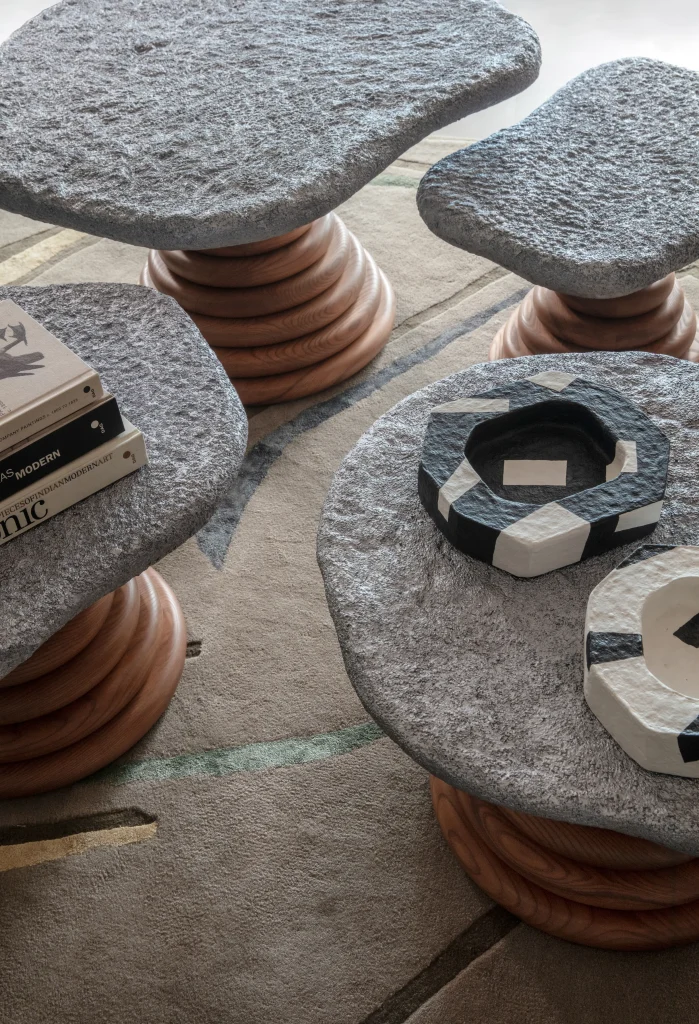

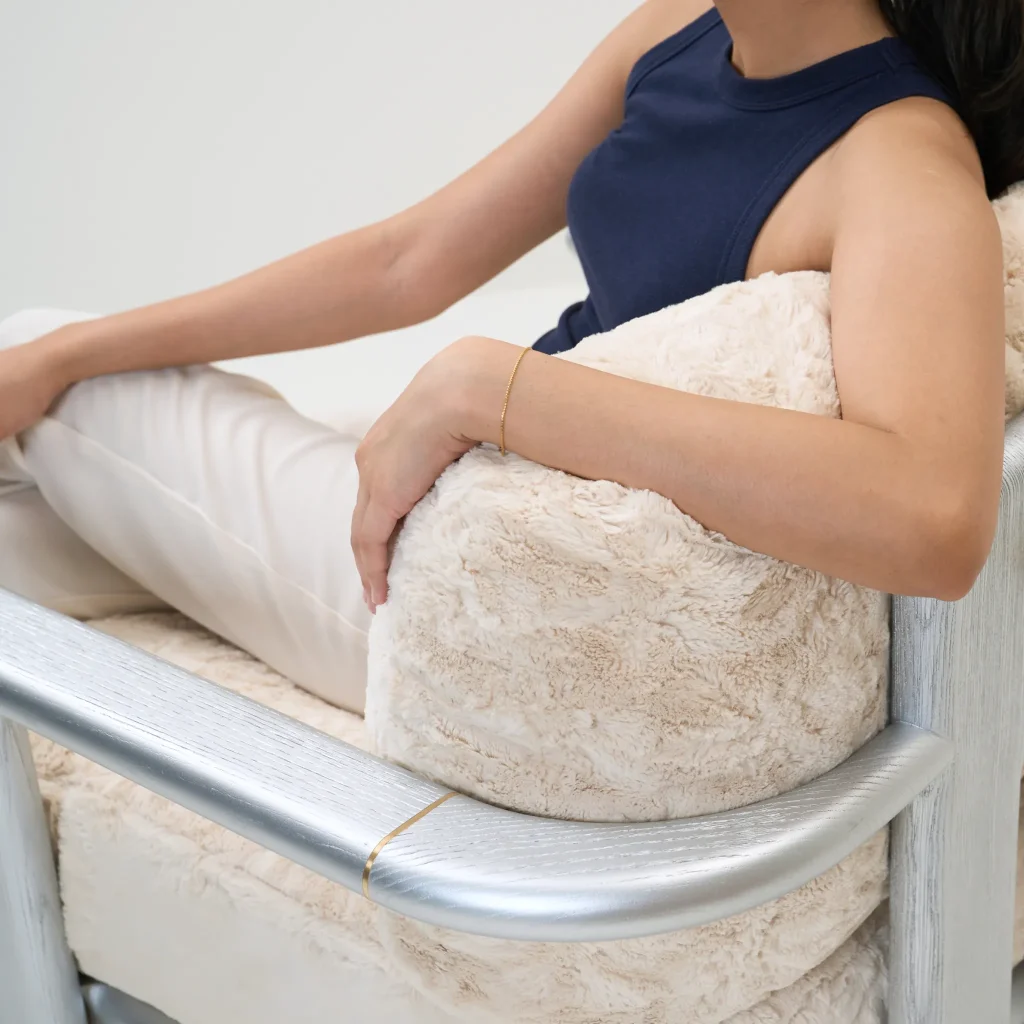

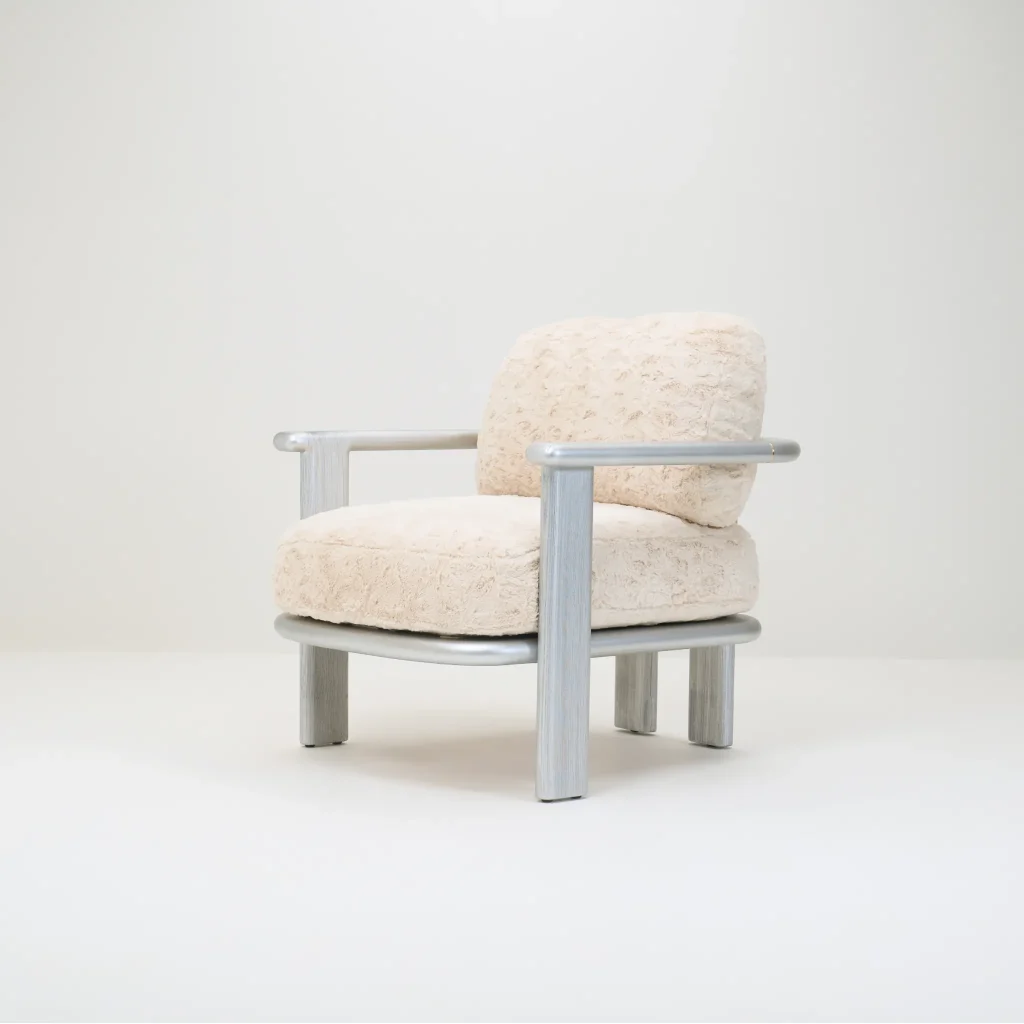



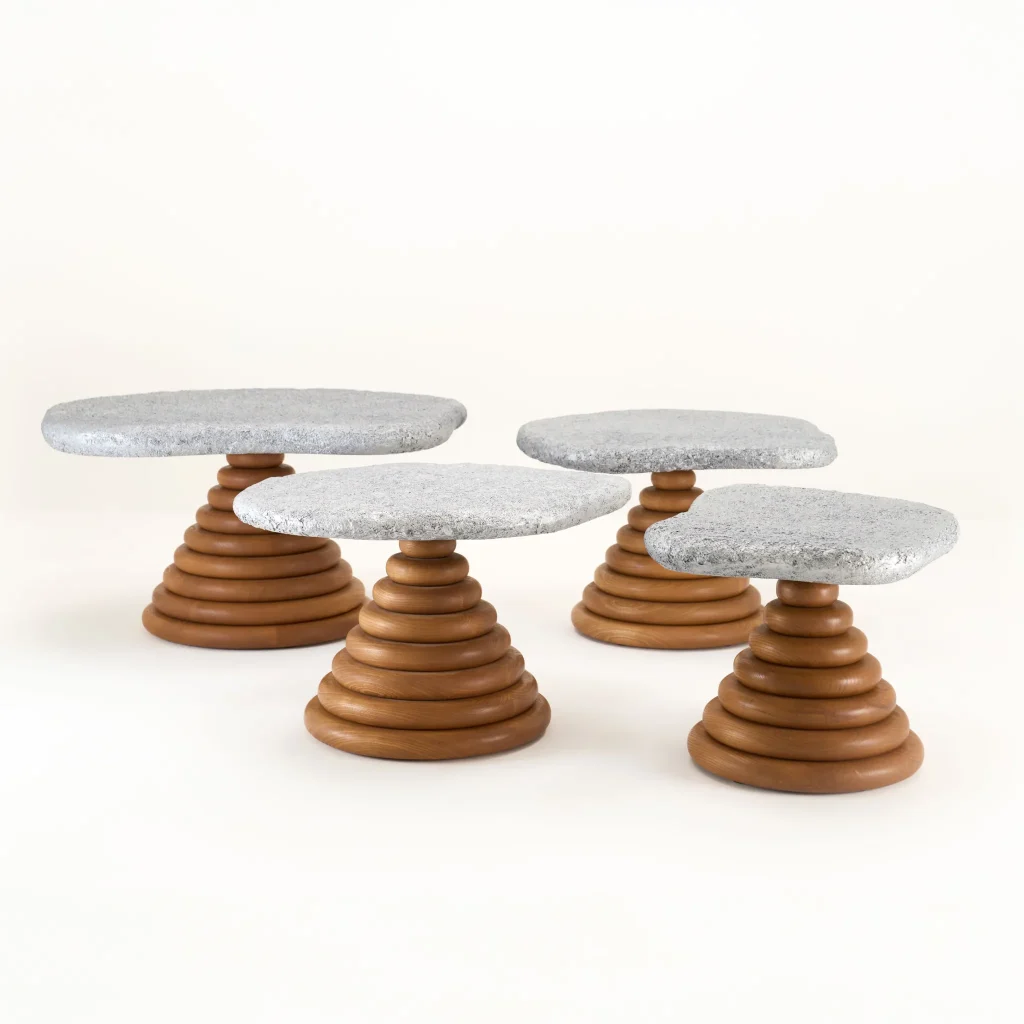

Invisible Engineering: House of Creatomy
Creatomy uses advanced CNC machinery to achieve forms that would be impossible by hand, then finishes everything with human touch. The Bangalore studio sees technology as an enhancer of craft, not a replacement.
Their most successful pieces hide their technical complexity. Joints disappear into forms, structures support without drawing attention, engineering becomes invisible. This allows the emotional and cultural content to take center stage while ensuring everything works perfectly.
The studio collaborates primarily with artists rather than traditional craftspeople, bringing distinct creative perspectives to material and form. The process often starts with abstract ideas – brushstrokes, sculptural gestures – that get translated into functional objects without losing their essence.
Founded in 2014, Creatomy has spent a decade refining this balance between precision and soul. They use digital fabrication for consistency and strength, then add handmade details for individuality. The result feels both reliable and personal: contemporary Indian design that expands possibilities without losing character.
“Contemporary design can honour the past not only through technique but also through context. By inviting artists and makers to interpret their own narratives. This approach creates space for newer voices and evolving traditions, while also building sustainable ecosystems where creativity is valued as both cultural and economic capital”
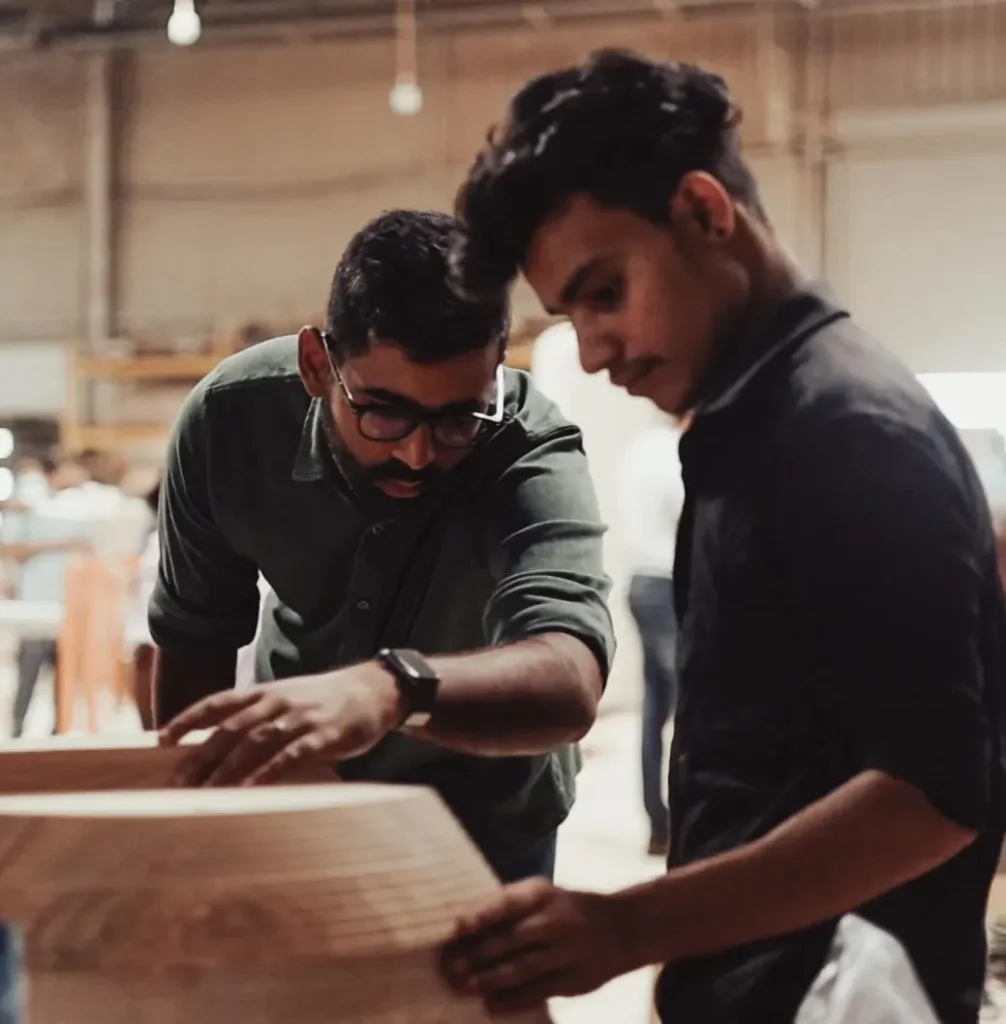

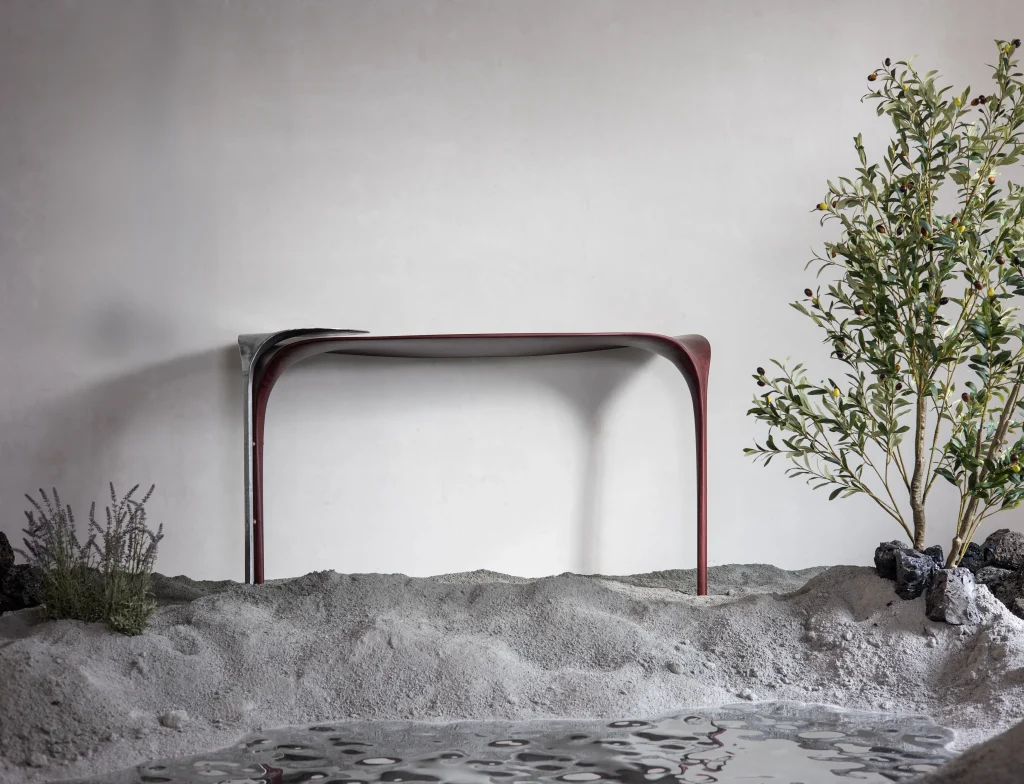

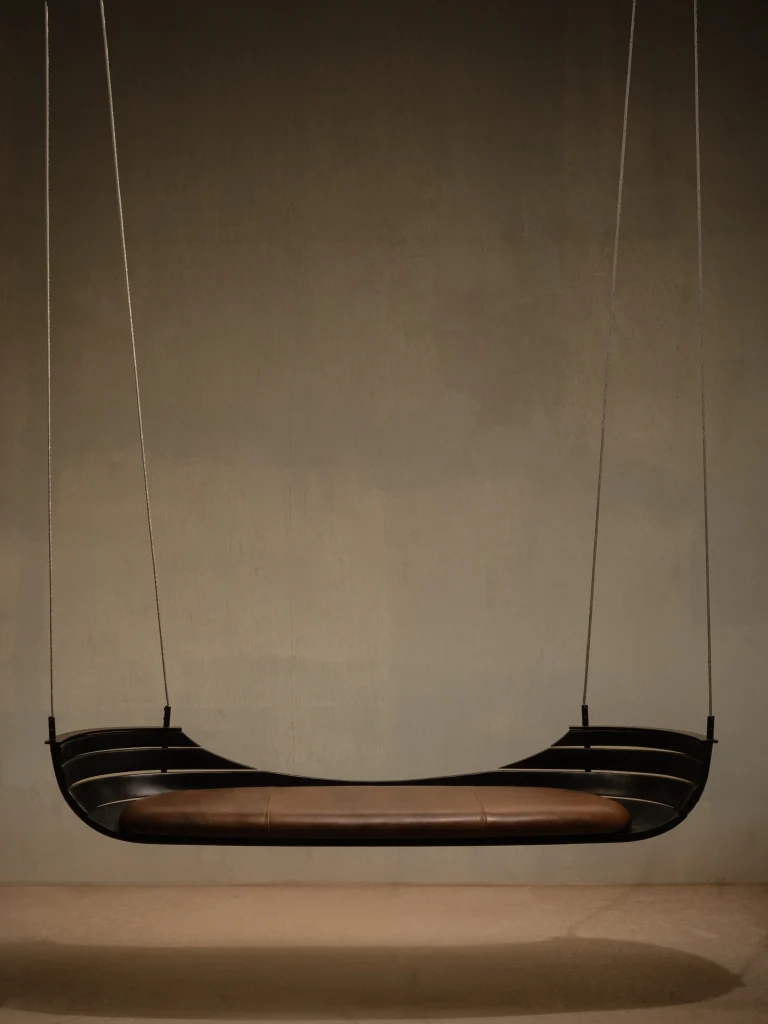

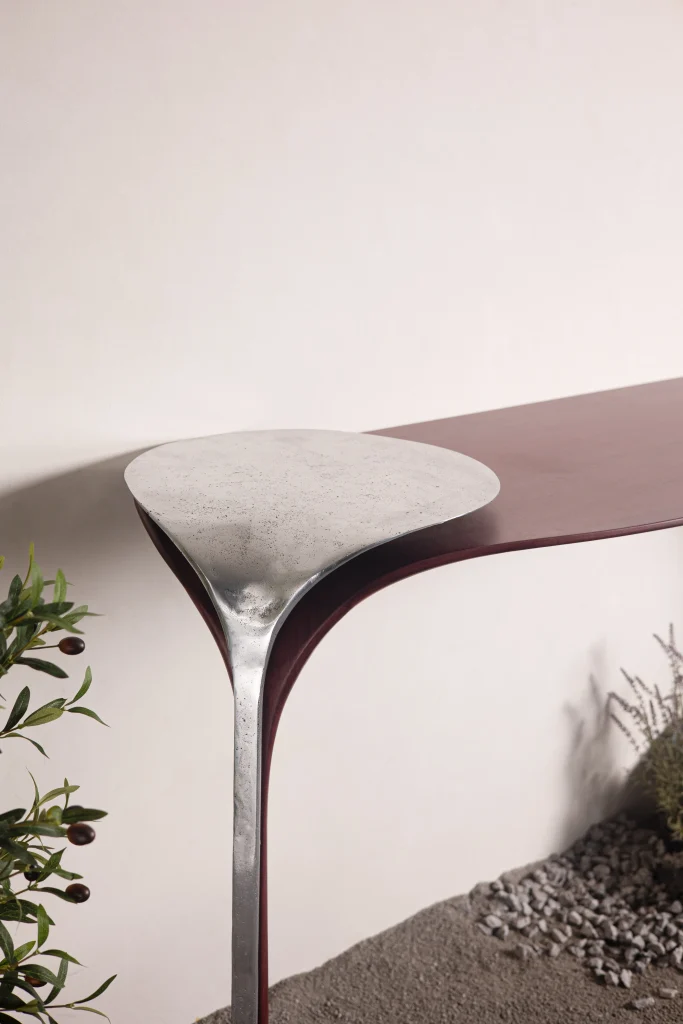

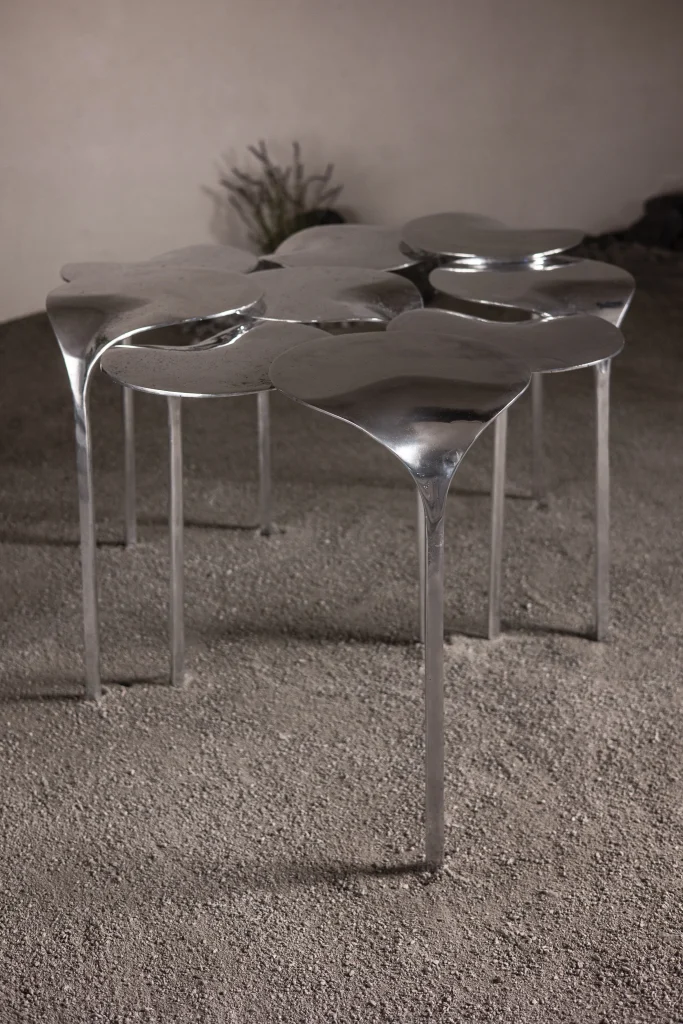

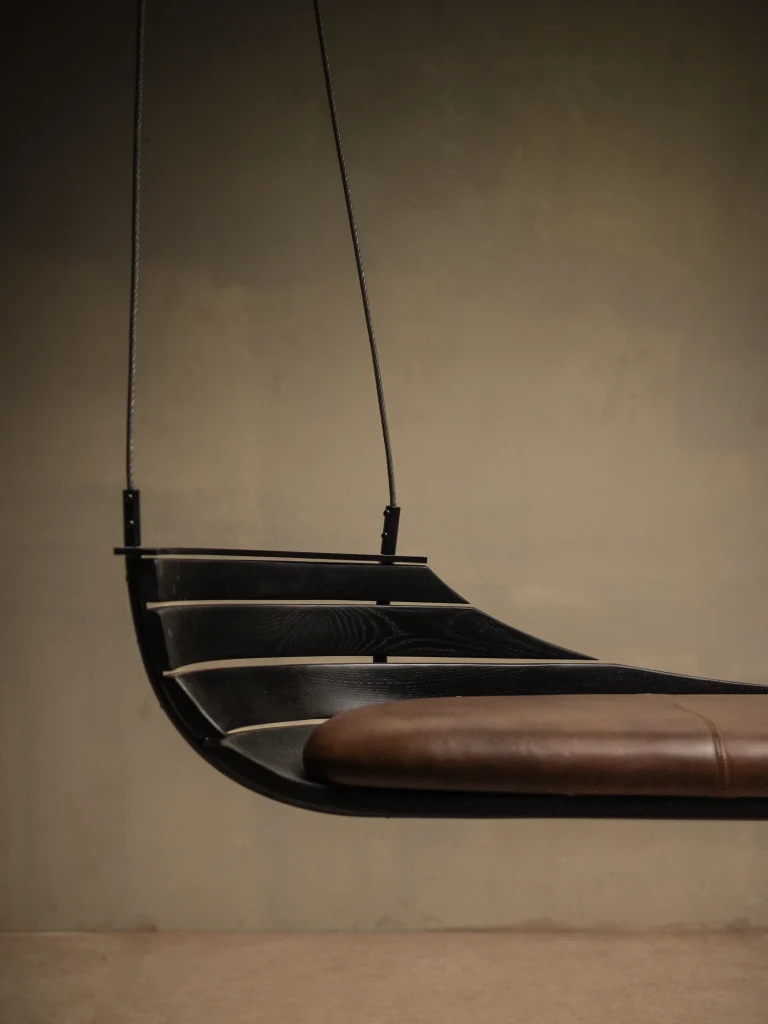

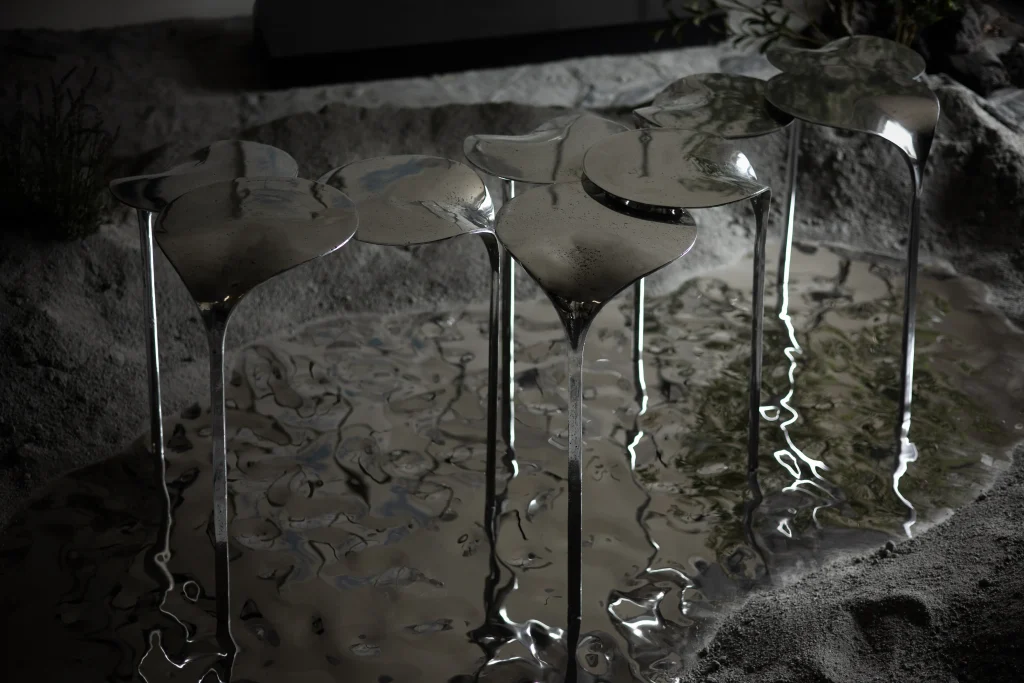

Heritage Alongside Modernist Precision: Kohelika Kohli कारखाना
Kohelika Kohli bridges classical proportions with contemporary needs. Her New Delhi furniture studio specializes in pieces that feel both timeless and thoroughly modern, drawing on India’s deep traditions while incorporating modernist principles of clarity and function.
Collaborations with artisans skilled in carving, inlay, metal casting, and embroidery give each piece emotional depth. But technology plays its part too: the use of CAD modeling and CNC machining ensures precision alongside craftsmanship, but the final expression always comes from human hands. Her work seeks balance: traditional and contemporary, handcrafted and architectural, rooted in place but relevant everywhere.
The studio’s approach demonstrates that heritage and modernity aren’t opposites, they’re different aspects of the same conversation. By understanding both classical proportions and contemporary needs, Kohli creates furniture that will age gracefully in any era.
“I believe spaces must reflect the people who inhabit them, the landscape they sit in, and the history they carry forward. Design, to me, is never static—it should evolve with time, while staying rooted in something meaningful. That search for timelessness, soul and relevance continues to shape everything I create”
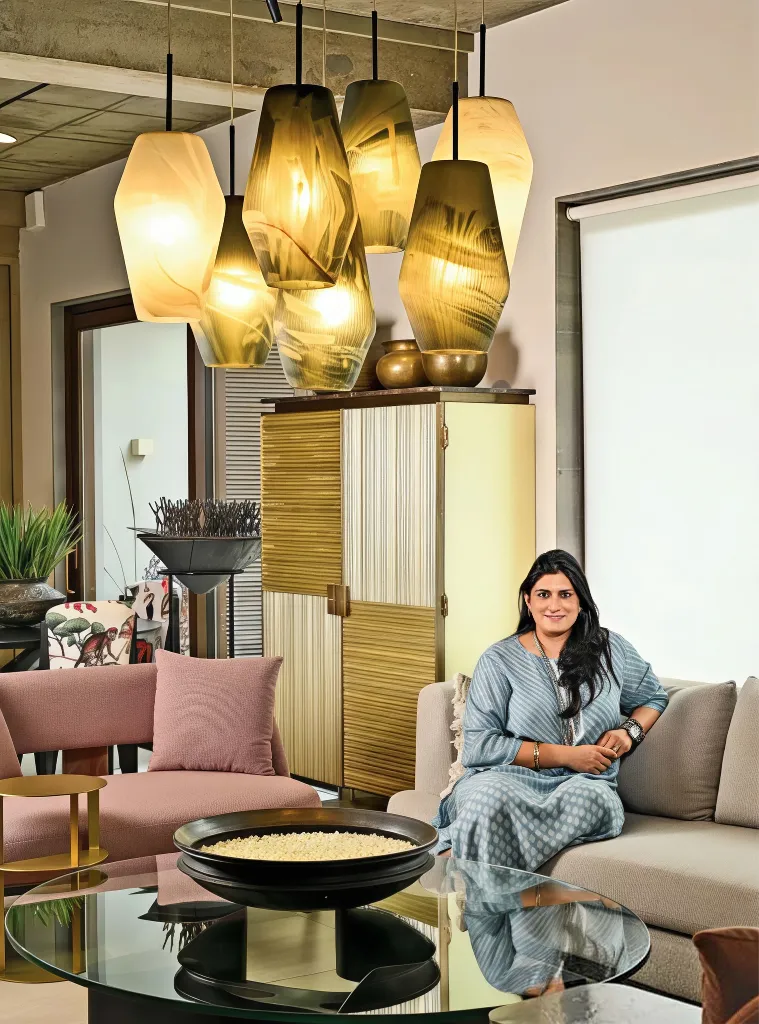

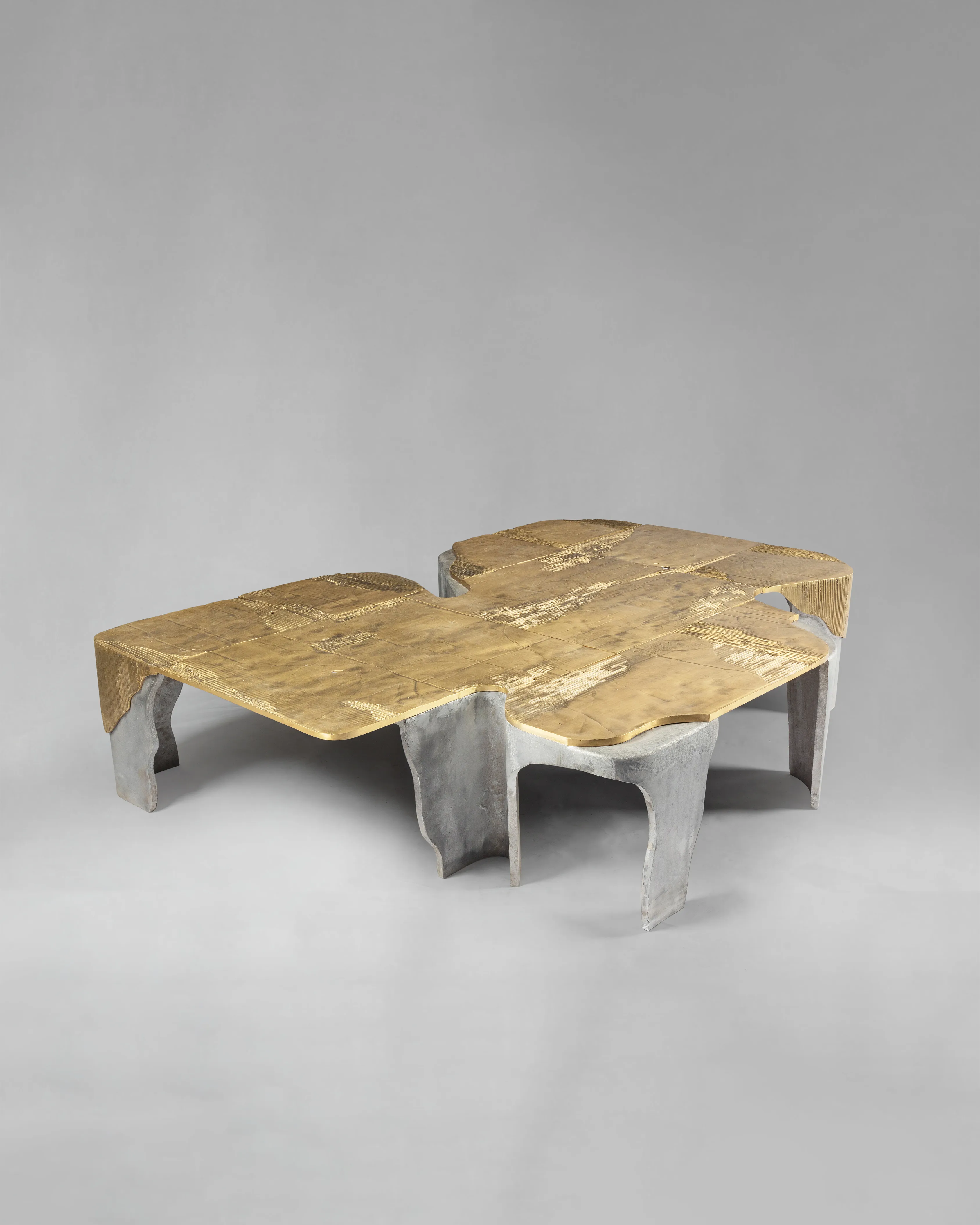

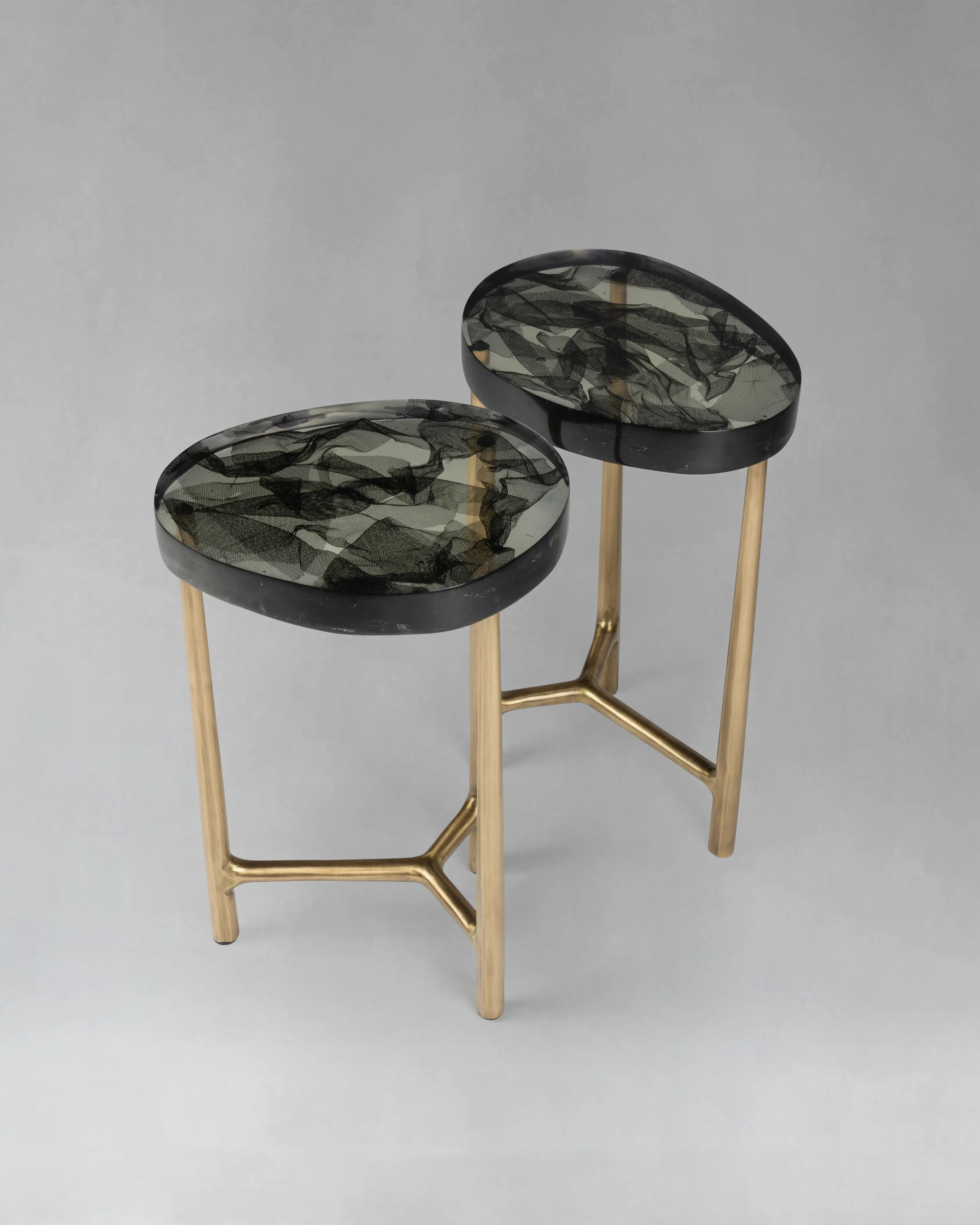



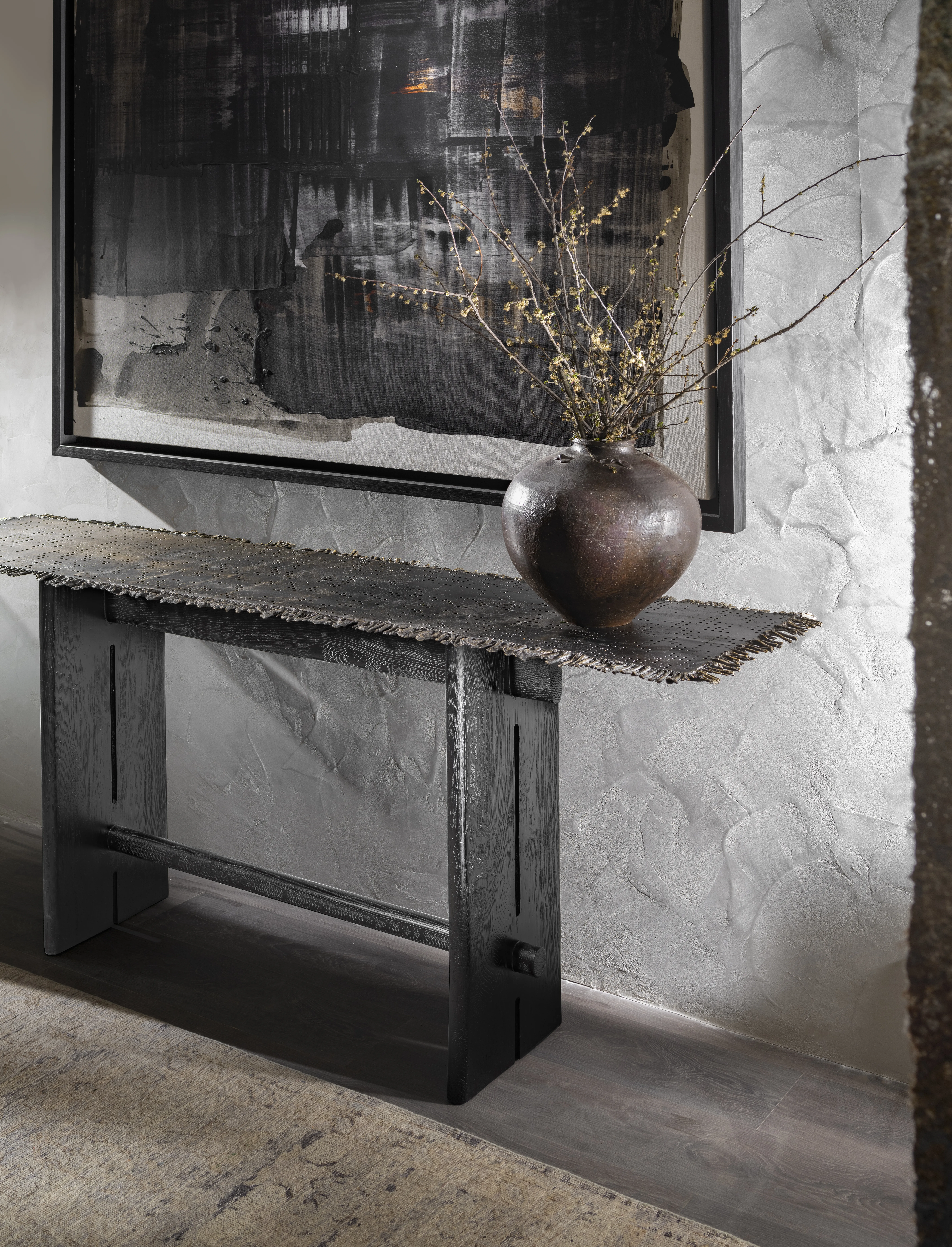

The Bigger Picture
Each of these seven studios tells a different story about where Indian design is heading, but together they form something bigger.
Aku Zeliang proves that tradition doesn’t mean limitation: his bamboo work reaches global luxury brands while keeping Naga craft communities thriving. Sona Reddy curates Indian design as future heirlooms, showing that contemporary craft deserves reverence. Vritima Wadhwa strips away the ornamental to find what’s essentially Indian underneath: restraint, material honesty, emotional resonance. Dhruvkant Amin makes minimalism feel warm through precise joinery and stone accents. Josmo creates furniture that responds to how Indians actually live. House of Creatomy uses CNC precision to achieve impossible forms, then finishes everything with human touch. Kohelika Kohli bridges classical proportions with contemporary needs.
Malik’s curation reveals studios united by purpose rather than style. Each refuses to be boxed into categories: local versus global, traditional versus contemporary. They’re creating work that feels unmistakably Indian while resonating universally. This is Indian design finding its voice. Confident enough to be quiet when it needs to be, bold enough to push boundaries when it matters, and honest enough to let materials and makers lead the way.
-

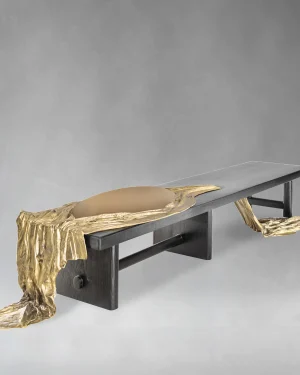 The Roman BenchBy Kohelika Kohli कारखाना€8.200
The Roman BenchBy Kohelika Kohli कारखाना€8.200 -

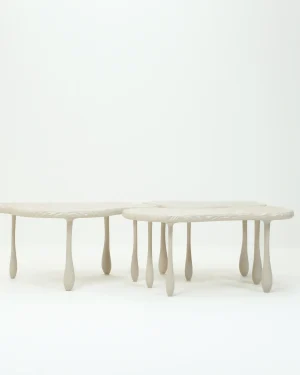 Chip Coffee TableBy Josmo€634 incl. tax
Chip Coffee TableBy Josmo€634 incl. tax -

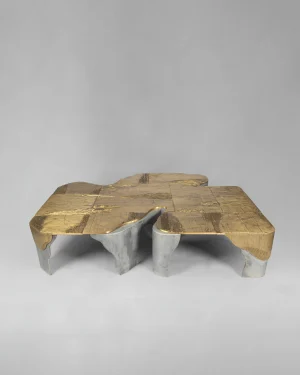 The Plateau Coffee Table (volume Ii)By Kohelika Kohli कारखाना€15.800
The Plateau Coffee Table (volume Ii)By Kohelika Kohli कारखाना€15.800 -

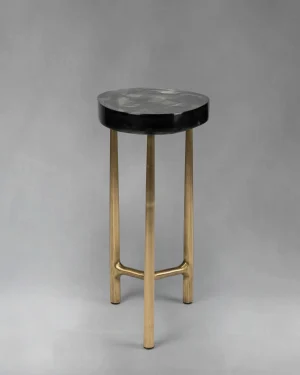 The Abyss Side TableBy Kohelika Kohli कारखाना€1.100
The Abyss Side TableBy Kohelika Kohli कारखाना€1.100 -

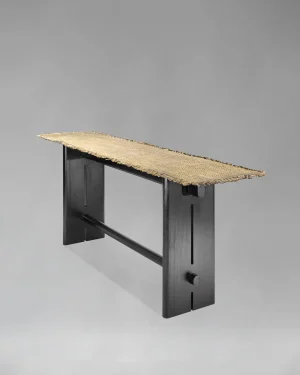 The Transformational Console 001By Kohelika Kohli कारखाना€3.150
The Transformational Console 001By Kohelika Kohli कारखाना€3.150 -

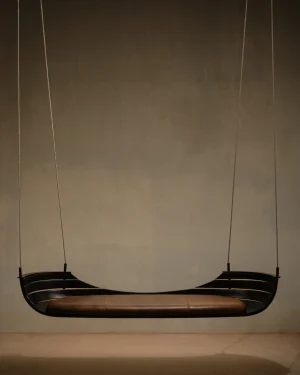 Holt SwingBy House of Creatomy€2.489 incl. tax
Holt SwingBy House of Creatomy€2.489 incl. tax -

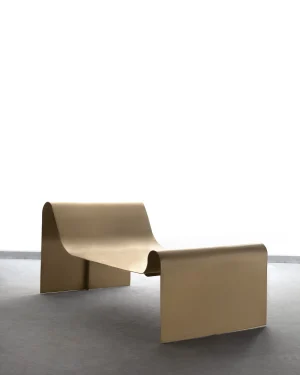 Bend DaybedBy Room Therapy Collective€2.400 incl. tax
Bend DaybedBy Room Therapy Collective€2.400 incl. tax -

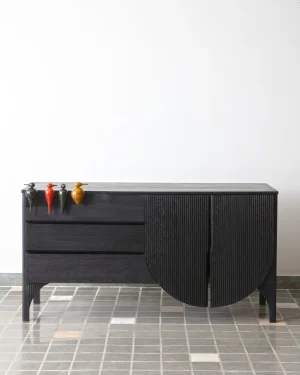 Perch Runner ConsoleBy Room Therapy Collective€4.500 incl. tax
Perch Runner ConsoleBy Room Therapy Collective€4.500 incl. tax -

 Amara Coffee TableBy House of Creatomy€1.792 incl. tax
Amara Coffee TableBy House of Creatomy€1.792 incl. tax -

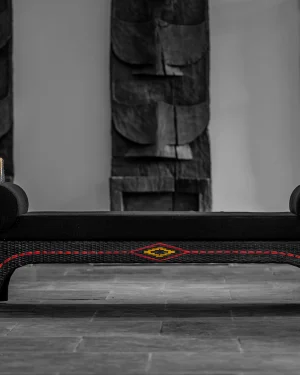 Angkha Diwan Upholstered BenchBy Aku Zeliang€2.350 incl. tax
Angkha Diwan Upholstered BenchBy Aku Zeliang€2.350 incl. tax -

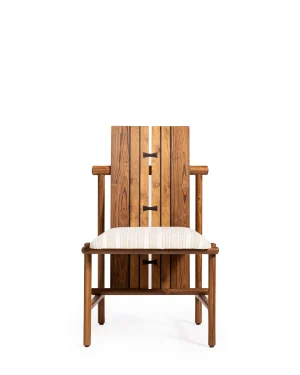 Cleave Dining ChairBy Tectona Grandis FurniturePrice range: €485 through €500 incl. tax
Cleave Dining ChairBy Tectona Grandis FurniturePrice range: €485 through €500 incl. tax -

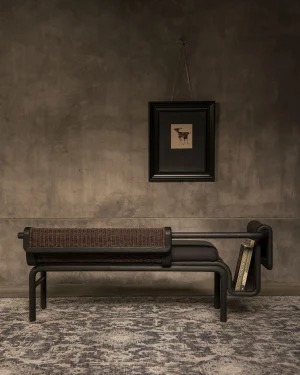 Rahi Gallery BenchBy Project 810€1.800 incl. tax
Rahi Gallery BenchBy Project 810€1.800 incl. tax -

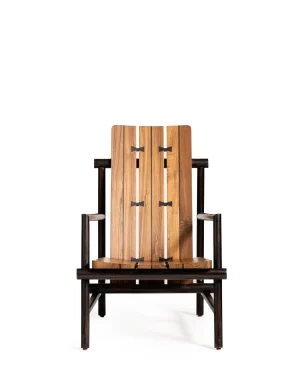 Cleave Arm ChairBy Tectona Grandis Furniture€1.270 incl. tax
Cleave Arm ChairBy Tectona Grandis Furniture€1.270 incl. tax

